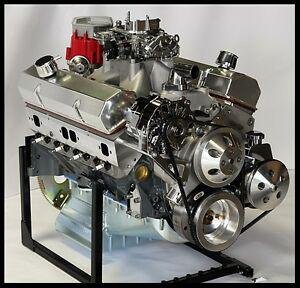
CHEVY TURN KEY SBC 377 STAGE 2.3 DART BLOCK, CRATE MOTOR 530 hp
$9,850.00
Available
Pictured below shows the engine with the dual plane intake manifold.
Introducing our Turn Key Stage 2.3 Roller cam 377 cid 530 hp engine.
4.155" BORE X 3.480"
- DART SHP BLOCK WITH SPLAYED MAIN CAPS. COMMONLY USED IN ENGINES BUILT TO 800+ HORSE POWER.
- NKB 68cc ALUMINUM ALLOY HEADS WITH PBM COMPETITION SERIES VALVES.
-COMP HIGH ENERGY SERIES ROLLER ROCKERS.
- COMP HYD. ROLLER CAM AND PREMIUM BRAND TIE BAR STREET STRIP ROLLER LIFTERS.
- SA GEAR BILLET TIMING SET WITH TORRINGTON BEARING AND ROLON CHAIN 9 KEYWAY. TOP OF THE LINE.
- SCAT CRANKSHAFT, CLEVITE BEARINGS. BALANCED ON OUR CWT BALANCER TO BELOW 2 GRAMS.
- SCAT COMPETITION RODS WITH ARP 8740 CAP SCREWS.
- WISECO PREMIUM FORGED FLAT TOP PISTONS. 800+HP RATED.
- QUICKFUEL 4 BARREL CARB., BRAWLER, SLAYER 600 OR 750 CFM DEPENDING ON CAM CHOICE.
- MELLING M-SELECT SERIES OIL PUMP WITH M-SELECT DRIVE ROD.
- CHAMP CUSTOM OIL PAN WITH OIL CONTROL SYSTEM.
- ALUMINUM WATER PUMP WITH
ALUMINUM IMPELLER
.
- PRO-SPORT SFI DAMPER.
- TWO YEAR WARRANTY .
Two year warranty, see details below.
This engine is designed to have a high level of drivability, or street manners. Cams #3 and #4 are our favorites for offering exceptional low end and mid range performance plus max drivability without needing to deepen final gearing or the need for a high stall speed torque converter.
If you choose to go with the Hurricane single plane intake and the first choice cam with 1.6 rockers, it will bring the hp numbers up to approx. 530 . We do not recommend the single plane intake combined with cam choice 1 on any car that is over approximately 3400
Please read the cam info provided below on the four cam choices before purchasing this engine. It is very important that you choose the correct cam and intake for your car and its intended purpose.
Here are a few good reasons why we think the 377 engine is a better choice than the 350 engine.
1. The 377 will accelerate most medium to heavy cars dramatically quicker than the common 350's on the market. The main difference between a 377 and the 350 is that the 377 has a huge increase in overall power and torque. The difference is so dramatic that you would estimate the engine to have a much higher horsepower rating than it actually has. If you're not familiar with the 377 engine, do an internet search on SBC 377 vs 350 or 383's, and you will be convinced of the difference. There is no inherent weakness in the 377 engine when using a Dart high performance block. These engines are built to last. All parts used have much higher hp ratings than this engine is producing.
2. The exhaust note that this engine produces is much deeper than that of any of the smaller cubic inch engines on the market. The difference is dramatic to say the least.
3. This engine can be installed in medium to heavier cars without killing acceleration, having to deepen the final gear, and needing a huge stall converter. This engine will accelerate a 3600 lb or heavier car much better than the 350.
4. Very low maintenance, decent drivability, yet costing only slightly more than building a 350 street rod engine. Horsepower will vary, depending on cam, carb and intake choice. You have up to four different cams to choose from, and two styles of intake manifolds plus two rocker ratios.
5. Longevity, reliability and low maintenance. You don't have to turn the engine to a critical rpm range to produce its max hp output. There is nothing unsafe about running an engine that's as well built as this up to approx. 6,300 rpm. Our NKB aluminum heads use very high quality hardware. The new Dart Super High Performance block would be indestructible if built to the power rating of this engine. The Wiseco Racing pistons are rated at 800+hp. The protection against detonation is at its highest with these type pistons.
6. Should you ever decide to sell your car, the resale value of a street rod with a 377 engine is very desirable compared to those running 350's No 350 can be built up to the level of a 377 while running pump gas with the same compression.
We do a full test run on every engine we build on a test mule. The engine is run for two intervals of 15 minutes each, and every possible issue is addressed. When you install the engine, you must verify that the timing is set at the correct value, and the fuel to air ratio must be verified. We also include an engine stand like the one pictured, wheels included, and an engine lift plate.
As of 9/15/2013 we completed installation of our brand new Super Flow 902S dyno. In the past, we outsourced our dyno work. We were unable to do the research and development we truly wanted, and this prompted us to make the $105,000 investment. It's been one of the best investments we have ever made. Every aspect of our engines can now be monitored, calibrated, and tuned. Best of all, we can now see what combos generate the best power, with consideration to drivability.
One thing we have noticed is that the de-tuned engines with different cam and intake combos certainly do have less top end horsepower than expected, but the torque increase in the low rpm range is much greater than in the higher horsepower setup. This increase in torque down low is what you want if you're sporting around on the street, rather than all out racing. The de-tuned version of this engine will also allow you to set the car up closer to stock and increase drivability to a very high degree. Throttle response is also noticeably better.
The build sheet is as follows:
Block Specs.
Dart SHP block, splayed caps
The block is bored to size with our new Centroid touch probe machine. Few machine shops have a machine of this accuracy.
We also deck the blocks to an RA finish of approx. 15 or better. The decking procedure is also done by our Centroid CNC machine.
We often find many brand new blocks to have a sloping deck of up to 4 thous. When we're finished decking the block, it is within approx. .001 accuracy from end to end. Many machine shops fail to catch this as the machinery they use does not allow for such accuracy.
We then plate hone the block with our new Sunnen SV10 diamond hone machine. This is also a very advanced machine that hones the block with a finish unlike conventional machines.
The final step is to clean the block in our high pressure block washer.
Pictured below is the rotating assembly that comes in this engine.
(file photo, actual parts may vary, see details below)
The photos above and below are file photos. Actual appearance may vary. This picture is to give you an idea of parts used in the rotating assembly portion of this engine. All parts are brand new, first line, unblemished, and balanced in house.
READ THIS LISTING COMPLETELY BEFORE YOU BUY ELSEWHERE!
Crankshaft Specs.
- Crankshaft: Genuine Scat
- Crankshaft Stroke: 3.48"
- Crankshaft Material : Cast Nodular
- Journal Diameter: STD SBC
- Rear Main Seal: 2 pc RMS
- Rods: Genuine Scat
- Rod Type: Scat Competition I-beam, Bronze Bushed.
- Rod Length: 6.2
- Rod Material: Forged 4340 Alloy.
- Rod Bolt/Cap Screw: ARP 8740 Cap Screws.
- Pistons: Wiseco Fully Forged. High Performance for street/strip use.
- Piston Size: 4.155"
- Dome Volume: Flat Top . Comp. ratio calculates out to approx. 10.48:1
- Compression Height: 1.080
- Piston Material: Forged 2618 Aircraft Alloy
- Piston Rings: Hastings High Performance, Moly, Standard Tension.
- Ring Size and Fit: 5/64 5/64 5/64.
- Ring Material: Cast/Stainless/Moly
- Main Bearings: Clevite
- Rod Bearings: Clevite
- Balance: In House on CWT balancer.
- Damper: Pro-Race brand Pro-Sport Series SFI 6.61" Internally balanced.
- Flexplate: Heavy Duty SFI 168 tooth or 153 tooth. Manual Trans. flywheels available.
Our Wiseco Forged pistons are custom designed with an increase in compression height. This has many advantages. Here are a few facts about compression height and deck height.
Our custom made pistons have a compression height that is .010 taller on bbc pistons, and .015 taller on sbc pistons, as compared to most all of the catalog pistons on the market. We find this to be a very valuable feature.
Since our pistons sit at a taller than normal compression height, we only have to remove approx. .005-.010 off the deck surface of the block. Our goal is set the piston at zero deck (flush with the deck surface). This maintains the deck's thickness, making it much stronger than a block that has been cut down .025. The engine will also run a bit cooler with a thicker deck. It's well known that the deck dissipates much of the built up heat an engine generates. This also allows for future deck re-surfacing without compromising the integrity of the block. On our bbc engines, we actually leave the piston about .003 to .005 in the hole to allow for possible piston rock. Our sbc engines will have the pistons setting right at zero with the deck.
These pistons are also suitable for use with mild nitrous or blower setups that do not exceed a 25% increase in horsepower over the engines naturally aspirated rating.
The picture below is a generic file photo of a Scat crankshaft.
Some of the benefits of the Scat crankshaft:
The material used in this crankshaft is manufactured from an exclusive Space Age material that was designed for high strength and fatigue resistance. The Scat cranks are the best value you will ever find. The Scat crankshafts are the best way to build a strong bottom end for, street rods, dirt and circle track racing, and drag strip racing.
We now use the Clevite bearings in our engines.
Our choice of rods are the SCAT COMPETITION SERIES rods with ARP-8740 cap screws.
The Scat Pro-Comp extreme duty I-beam rods should not be mistaken for ProComp rods. These rods are made exclusively by Scat, and have nothing to do with the ProComp company. The critical sizing and installation of the ARP cap screws is performed on a Sunnen machine in the USA by Scat Industries. These rods are excellent for those wanting the extra security offered by a rod with 7/16 ARP cap screws.
Take notice of the design of these rods. They are far superior to conventional style I-beam rods. We are now using this rod in all of our Stage 4 and up SBC engines. We also use this rod in our big block 505/540/555 engines, making approx. 700+hp.
If you do a search on the Scat Pro-Comp rods, you will find a vast amount of info on many car forums. All of the info is 100% positive. These rods are run in engines that not only produce high horsepower levels, but also run at continuous RPM. Notice the general appearance in the pictures. These rods do look impressive. The style is reminiscent of a steel billet rod.
The fact that these rods are incredibly strong and well made, coupled with the fact they are light weight and offer better clearance than any H-Beam rod on the market, made it an easy decision to use them in all of our high horsepower street/strip engines.
We use genuine Scat rods with ARP cap screws in all of our engines. Our Scat rods are bronze bushed, and unlike Eagle I beam rods, these are fully forged 4340 alloy.
We have noticed some engine builders using low cost generic rods and crankshafts in their engines. These non-branded, (no-name) products are often poor quality in many ways. You will notice many of the low end engine builders fail to mention the actual brand of the rods or cranks used in their engines. Upon further investigation you will find such parts not to be a branded name product. They may label these parts with a name, but one that is totally unrecognizable in the industry. Our experience in years past with such rods and cranks has been disappointing to say the least. Besides the obvious issues such as incorrect sizing and machining that is difficult to correct, the questionable alloy these items may be produced from and the potentially incorrect heat treating methods used, could prove to be disastrous. Little can be done to verify this and nothing can be done to correct it. Failures of such critical parts will usually result in catastrophic damage to the engine. As you may have noticed, this is why we specify the brand name and series of every part used in our engines.
Genuine ARP 8740 cap screws.
Pro-Sport SFI damper is used on all of our engines.
INTERNALLY BALANCED, 6.61" DIAMETER REDUCED ROTATIONAL MASS, OFFERS EXCELLENT CLEARANCE.
1.52" THICKNESS, 2.38" THICKNESS WITH HUB
HEAVY DUTY SFI RATED FLEXPLATE MADE IN THE USA INCLUDED.
This SFI flexplate is made in the USA and will resist cracking and warpage to a very high degree. One good telltale in identifying a low quality flexplate is the lack of welding on each side where the plate mates to the ring gear. They usually have a pale grey color to them, as they are not coated, and will rust quickly. Ours are welded on both sides, and are much thicker than an OE plate, and are zinc dichromate coated.
We do offer this engine with a manual flywheel. In most cases we do have both sizes, 153 and 168 tooth, available.
Crank Polishing.
Our CWT 5500 Balancer.
We do our own balancing with our new state of the art CWT 5500 Series balancers . The CWT 5500 is the ultimate for precision balancing. We now have three of these in our machine shop. We consider this machine to be highly advanced compared to the Hines balancer we once used. We balance every rotating assembly we sell within 2 grams or less at no extra charge. A balance sheet is included with your engine.
Three new CWT balance machines under one roof is a rare sight.
Our crew wrapping up for the day. Pardon the mess.
Head gaskets are Fel Pro 1003 premium race grade series, and ARP head bolts, and rocker studs.
Important notice.
If you've read our warning on engine builders using low grade no-name rods and cranks, a similar situation exists in the roller rocker market. We do not use or sell non branded, (no-name) roller rockers, period. They have proven to be faulty in many ways. The center trunnions are not polished, nor is the center of the roller tip true to size or polished. Metal fragments are often left inside the trunnion housing and will cause destruction of the needle bearings. The pins and keepers that hold the parts together are often of poor quality and improperly installed. The front roller will usually scoot along the valve tip, as it can't roll properly due to rough internal surfaces.
We have honestly seen valve tips that were scalloped out due to the front roller dragging across them. This will cause the valves to side-load against the valve guides in the heads and surely cause damage to them if run like this for very long.
We have scrutinized these products in the past and found all of the above problems, and I can tell you there are most likely many more. We would not use them in an engine under any circumstances. You will also see many of these rockers made from stainless on the market. They use a low grade stainless that actually has a near non-existent amount of nickel in them, but that's not the real problem with them, as stainless steel has no advantage over high grade heat treated steel when it comes to a roller rocker. The lack of hardness of the rocker body is the real problem. The problems with these stainless rockers are the same as mentioned above. These are the roller rockers you see on the market for around $119 and up to $169 for the so called stainless ones. They are pure junk, in our honest opinion. They could possibly be used on a budget back yard stock build up that has a very low spring pressure, with a cam that has very low lift, but then you would be better off with the stock stamped rockers on such a build.
We have heard of many engines using these rockers that came apart and spilled needle bearings into the engine, only to end up in the oil pump. It seems like some engine builders do not care how long the parts in your engine last, or they simply don't know this. I can tell you for sure that using such low grade, "no-name" roller rockers is asking for trouble.
We use Comp High Energy, Comp Ultra Pro Magnum, Comp Gold Arc, Scorpion Race and Endurance Series rockers in all of our engines. The difference in these compared to the low grade no-name rockers on the market is huge.
HOWARDS CHROMOLY 1pc. .080 WALL PUSHRODS.
We use Howards brand premium pushrods in all of our engines. They are lightweight in design, yet very strong. Made in the USA from 4130 chromoly steel. Regular hardened pushrods will most likely flex in the engine when running above normal RPM ranges, and risk bending under high RPM. These do not have the welded ball on the end. We only use the swedged one pc. design, which is a well proven design far superior to the style many others use in engines. 4130 chromoly steel is also much stronger, and will resist flexing. When a pushrod flexes in the engine, you lose lift. Don't be misled by the term "hardened," as this is nothing more than a stock style low cost push rod. They will flex in the engine or possibly bend permanently.
We are offering four cam choices listed below in this engine. Read the specs carefully.
Cam choice # 1
Howards part no. 180345-10
Valve lift with 1.5 Rockers: Intake .565/Exhaust .580
Duration @.050": Intake .245/Exhaust .253
Lobe sep. angle: 110º
This cam is the most aggressive of the four choices listed. It will make its peak horse power at approx 6500 rpm. The idle is very radical. Power comes in around 3200 rpm.
We recommend a stall converter of around 2800-3200. Final gearing would need to be at 373 or numerically higher. A 373 final gear is most optimal with this cam, providing the car is reasonably light. This cam does make the most horse power but will trade off bottom end throttle response and low speed cruising in the low rpm range unless your car is setup in pro-street form. The idle sound with this cam is very erratic.
You would not be able to run an overdrive trans, power brakes, or air conditioning with this cam choice. Valve train life and reliability is reduced with this cam as compared to the other choices. This would only be a concern for those wanting to drive their vehicles on long trips or with frequent use. This cam choice puts your setup nearly into the Pro-Street league.
Drivability is fair at best with this cam, unless you have a very light car, with a decent final gear.
If your car is over 3400 lbs, we strongly advise against this cam, unless you have a final gear in the 4.10 range or numerically higher. If you're on the fence with this cam choice and the one below, then you may want to go with this cam and keep the rocker ratio at 1.5, or go with cam choice 2 and go with a 1.6 ratio. That would put you somewhere in the middle of cam choice 1 and 2, at least in respect to valve lift.
Cam choice #2
Valve lift with 1.5 Rockers: Intake .530/Exhaust .545
Duration @.050": Intake .233/Exhaust .245
Lobe sep. angle: 110º
Cam choice #3
PART # 180245-10
Valve lift with 1.5 Rockers: Intake .500/Exhaust .510
Duration @.050": Intake .225/Exhaust .231
Lobe sep. angle: 110º
This cam choice (3) is the perfect all around setup for those wanting excellent bottom and mid range power, while still generating decent power at the top. Horsepower rating would drop an additional 10-15 hp below the cam choice 2. Drivability and street manners would be considered excellent. Heavy cars, upwards of 3800 lbs or more, would do well with this cam choice. No need for a high rpm stall with this cam, but you would still require a stall in the 2200-2500 rpm range for optimal acceleration.
If your car is in the heavy weight range, and/or geared on the steep side and you want much better streetability, then this is the correct cam choice. You still want to keep the final gear ratio at approx. 3.20 or numerically higher. If you have an overdrive trans., then this cam, coupled with the dual plane intake, would allow the engine to cruise in overdrive with rpm in the 1950-2050 rpm range. Should you have a Turbo 350 trans, then this cam choice would allow you to run a somewhat taller final gear to allow decent highway driving in the lower rpm ranges.
You may choose 1.5 or 1.6 rockers with this cam, but we recommend the 1.5 rockers for even better low end response, especially if you plan on running an overdrive transmission. You can also expect a much longer valve train life with this cam compared to the larger cams listed above, especially with the 1.5 ratio rocker choice.
Carb size when using this cam will drop. You'll notice slightly better mileage and better throttle response with this carb versus the larger carbs required when running the larger cams. If your vehicle is very heavy, over 4400 lbs, then we recommend our cam choice #4.
Cam choice #4
PART # 180315-10
Valve lift with 1.5 Rockers: Intake .465/Exhaust .470
Duration @.050": Intake .209/Exhaust .215
Lobe sep. angle: 110º
This cam choice (4) has a lower lift and duration than the other two offered above, and is highly recommended for use in heavy cars or full size sport trucks. The low end response with this cam is very good. Horsepower rating would be approx. 430 at 5,500 RPM with 1.6 rockers and a single plane intake.
The rule of thumb for cam size: the smaller the cam in a given application, the better will be the low end response. One more benefit to the smaller cam is the reduced requirements for lower gearing and higher RPM stall converters. A final gear ratio of 3.30 would be acceptable with this cam. The bottom end power would be much better with this cam than the two other choices above.
This would be the best choice for running an overdrive transmission such as the 700R4 cruising at around 1950 RPM in overdrive. A stock or near stock stall converter may be used with this cam, but for improved acceleration a 2000-2250 stall is recommended especially in heavy vehicles with a tall final gear.
Valve train life is greatly extended with this cam as compared to the others, and drivability is at its best. Low and mid throttle response is very strong. This cam choice will also produce the greatest amount of vacuum at idle compared to those listed above. You may run power brakes with this cam.
If you need help in selecting a cam to suit your needs, feel free to contact our tech. department.
THE FOUR CAMS LISTED WILL COVER MOST NEEDS FOR ANY STREET ROD OR SPORT TRUCK.
QUICK FUEL SLAYER 600, Brawler 670, OR 750 CFM CARB, DEPENDING ON CAM CHOICE.
Quick Fuel Technology (QFT) has engineered its new Slayer series vacuum secondary street carbs with all the features. The Slayer is not some stripped-down off-shore QFT copy, it features the same QFT race engineering, all-aluminum construction and hand-built quality that goes into all QFT race-winning carburetors.
The Slayer's incredible value is made possible by QFT's new CNC machining centers and the unique design that utilizes a secondary metering plate with changeable jets, eliminating the costly secondary metering block unneeded for most street/strip cars. The majority of fine tuning on a street carburetor is done on the primary side, and the Slayer provides all of the popular options: changeable idle air and high-speed air bleeds, 3-stage emulsion circuits, changeable primary idle feed restrictions and power valve restrictions.
A truly welcomed feature is the QFT QuickSet adjustment on the vacuum secondary diaphragm that provides a quick external twist adjustment without changing springs. Secondary metering can be altered with changeable main jets and the secondary float is also notched for jet extensions.
Additional features are a fully adjustable electric choke, and a semi polished finish that will improve any engine compartment. The Slayer 750cfm (Part # SL-750-VS) features a 1-11/16" throttle bore and a 1.375" venturi.
You have a choice of single or dual plane intake. The single plane intake (1st pic below) should only be used on cars that are very lightweight and have good hood clearance.
We now offer the single plane intake in powder coated black finish as a $49.00 upgrade.
Dual Plane Intake shown below. This is a large runner dual plane intake. They make excellent mid range power.
Pictured below is the Edelbrock Performer EPS dual plane intake. If you're going with cam choice # 2 or 3 and require more bottom end power, we strongly recommend this intake. This intake offers incredible low end response and has excellent hood clearance for those installing this engine in a C3 Corvette with a non-cowl stock hood.
304 STAINLESS ALLEN HEAD INTAKE BOLTS ARE USED ON ALL OUR ENGINES.
Timing components: SA Gear 8999T billet double roller timing set.
Polished Aluminum Timing Cover.
We use the top of the line SA Gear timing set with a torrington bearing and rolon chain. The difference in quality is dramatic compared to the common low-cost timing set. The upper sprocket is made from billet steel and the lower is induction hardened with nine keyways. These sets are hand matched for selective sizing.
The cost on this high end timing set is approx $97.50, more than double the cost of the low level budget timing set used by many other engine builders. Should you ever want to confirm that this is what is actually in your engine, you can remove the timing cover, and you will see that this timing set is very different in appearance to the run of the mill low cost sets often used by others.
This timing set is offered in three different chain tension setups, allowing us to set it up perfectly every time. One more benefit is that timing accuracy is very precise and will remain that way. This timing set will likely last for the life of the engine. This is what you will find in most solid roller engines, as they have very high spring rates, and create an enormous load on the chain and gears, compared to non solid roller setups. It may seem like a bit of overkill to use such a high end timing set, but the versatility and extreme quality outweigh the cost, in our opinion.
Pictured below are our most popular valve covers. They are fabricated aluminum, and very high quality. You may select from any of the valve covers we have listed at no additional cost for your engine.
OUR RETRO STYLE TALL FINNED VALVE COVERS HAVE BECOME VERY POPULAR. YOUR CHOICE.
STAINLESS FLEXIBLE ENGINE OIL DIPSTICK. BILLET ALUMINUM HANDLE.
Included with all our sbc engines.
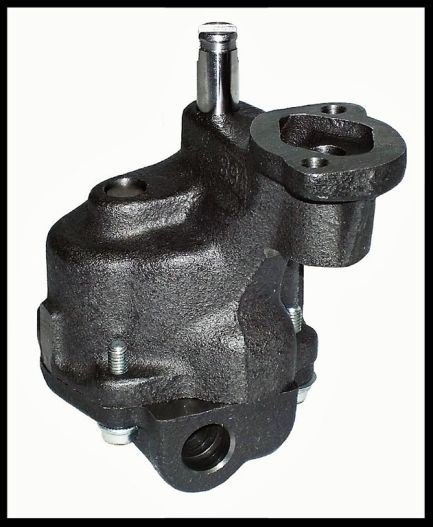
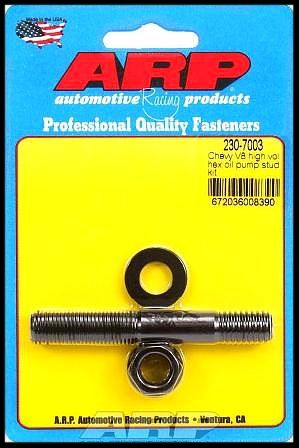
The oil pans we use on all of our engines are made in the USA by Champ. The Champ oil pan has a full windage tray, crank scraper, and trap door. Threaded dipstick is included. Extreme duty pickup designed not to fail. The oil pan is made from a thicker than normal gauge material, and has embossed ribs in the body.
If your engine is equipped with the 7 qt. Champ oil pan, it has kickouts that swell outward approx. 3 inches on each side. If you think you will encounter clearance issues with the kickouts, we recommend opting for the stock appearing 5 qt. oil pan. The 5 qt. pan will still be a Champ pan and will have the windage tray and crank scraper. We strongly recommend reducing the amount of oil used in these oil pans by approx. 1/4th of a quart. Doing this may reduce the chance of oil leaks and reduce oil temps. The larger counter weights used on stroker crankshafts are why we recommend reducing the oil capacity in these engines. The higher capacity 7 quart oil pan is an optional upgrade on some of our engines.
To be clear on what we're saying, we would like to see you add right at 6.75 quarts of oil grand total in your engine and oil filter when using the higher capacity oil pan. When using the stock appearing oil pan, we would like to see you add right at 4.75 quarts grand total in your engine and oil filter.
Our engines include a dipstick. It's very important that you re-calibrate the oil level marking on the dipstick. This is due to the fact that the dipstick, oil pan, and block are all made from various manufacturers and we often see great variances. Couple this with the fact that you may be running a reduced amount of oil, and the "full" mark on the dipstick will most likely not indicate correctly. Once you have put a predetermined amount of oil in your engine, and run it for a few minutes, let it sit for awhile on level ground, check the oil, and mark your dipstick with a flat file to re-establish the full mark.
We do not use the knock off oil pan gaskets on the market. Felpro premium oil pan gaskets are used on all of our engines.
Pictured below is a file photo. The actual Felpro gasket used will be the correct model for this application.
We use our premium studded mini nut set on all of our oil pans and valve covers. The nuts have a serrated face and built in washers. This is the ultimate set for securing the oil pan and valve covers to the engine and is far superior to the typical bolts used by most other engine builders. Our standard engine color is black. Custom paint work on engine blocks and oil pans is available as an optional upgrade. The pictures above and below are file photos to display the studded mini nuts. Other items seen in these pictures may not represent your actual engine.
Listed below are more of the items installed on the outside of the engine, which makes it a "Turn Key" engine.
Billet Aluminum Breather set.
If you chose cam choice 1 or 2, then we highly recommend using an exhaust evac. system. The vacuum created by the engine is somewhat insufficient when using these larger cams, heads, carb and intake to operate a pcv system at its best. The exhaust evac system will pull the crankcase gases out of the engine at a very smooth and controlled rate. This allows the rings to seat in much faster and better, and can increase horse power to some degree by reducing crankcase pressure. Another benefit of the evac system is that you're not contaminating the fuel and air mixture with semi-burned byproducts from the engine oil and combustion process.
After the engine is completely broken in, the pcv setup may be sufficient. However, it may not be the best choice. The break-in time may also be slower with the pcv setup.
We also offer a vacuum pump system for the ultimate in crankcase pressure control.
If you do decide to use an exhaust evac system, we have a few more recommendations. The bullet style perforated mufflers, like those made by Magnaflow and many other companies, must be used. In our opinion, they sound the best and, most importantly, they allow the exhaust evac system to work properly. Magnaflow is a popular brand of the true straight through mufflers, and there are several other brands on the market such as Corsa, Borla, and Bullet. The sound level is controlled by the length you choose. The 12-16 inch length sounds the best to us. These mufflers have smooth perforated inner walls. They should not be confused with traditional glass packs with fluted walls, which are very restrictive and have a somewhat sloppy sound.
Traditional chambered mufflers, like Flowmaster, create a back pressure pulse that will interfere with the operation of an exhaust evac. system. Chambered mufflers have the reputation of helping bottom end throttle response, but you will have a decent amount of bottom end power with this engine, especially if you have chosen cam choice 2, 3 or 4. In our experience, the straight through perforated mufflers sound and perform better in every respect, and allow the proper use of an exhaust evac. system. More info. on this subject below.
We did not offer this billet timing pointer in the past. However, we noticed that there was a birds eye view of the timing pointer from the driver side of the engine, so we decided to use these on all of our engines.
As you can see in the picture below, these timing pointers have a glove like fit.
High volume satin aluminum water pump with an aluminum impeller.
120 AMP ONE WIRE CHROME ALTERNATOR AND ALUMINUM BRACKET KIT.
EDELBROCK MAX-FIRE ULTRA-SPARK 50 OHM UNIVERSAL SPARK PLUG WIRE SET AND OUR MSD STREET FIRE HEI DISTRIBUTOR ARE INCLUDED.
The Edelbrock Max-Fire Ultra Spark wires are premium grade wires. They have the same specs as the top of the line MSD Super Conductor wires. The Edelbrock wires have a 50 ohm impedance per foot rating and are 8.5 mm in diameter. As you may know, plug wires come in many different grades. These wires are on the high end of the scale. They are also totally suitable for use with HEI distributors and capacitative discharge ignition systems such as the MSD Pro-Billet distributors that run the 6AL box. Most of the lower grade wires on the market have a much higher level of resistance and are usually only 8.0 mm diameter. The lower the ohm rating the better. Edelbrock wires are 100% made in the USA. The plug wires are included but not installed on the engine. Due to the many different style headers being used, we will send the universal wires with the engine for custom fitment. The wires are available in red or black.
If your vehicle is a pre 75 model that came with a point style distributor, you may encounter firewall clearance issues with the MSD HEI distributor. If you think you are going to encounter this problem, then you should upgrade to the MSD Pro-Billet distributor. This unit will clear any firewall. You will need a CDI box such as the MSD 6AL and an external coil when using the MSD Pro-Billet distributor. We offer these systems in our other listings. The MSD CDI system is far superior to the regular HEI distributor in many ways. We strongly recommend it.
The plug wires are included but not installed on the engine. Due to the many different style headers being used, we will send the universal wires with the engine for custom fitment.
The MSD HEI distributor will be installed in the engine.
MSD STREET FIRE DISTRIBUTOR. The MSD Street Fire HEI distributor is a far superior unit compared the low cost HEI unit on the market. The failure rate is near non existent. We find the advance curve characteristics also to be more in suitable for street rod engines. We have also noticed that the degree span from initial to total timing is a slightly closer, approx. 18 degrees variance. This allows the engine to have more initial timing when operating at low speed without the use of the vacuum advance.
The MSD Street Fire HEI distributor is now included in all of our turn key engines as of purchases made after 1/8/2021
We include a heavy duty engine stand with casters with every engine we build.
IMPORTANT NOTE ABOUT DE-TUNING.
For those with very heavy vehicles, such as 4x4 quad cab trucks, 3/4 ton trucks, and crew cab/ex-cab trucks, Suburbans, plus trucks that may do light to medium trailer towing, we strongly recommend the de-tuned version of this engine.
For those wanting to run a supercharger, we recommend our extra deep dish pistons with the 75cc heads regardless of the vehicle.
Our machinists each have many years of experience in building racing engines. This very critical work is done to exacting specs and with great care. Many vendors do not have machinists with the experience or the proper equipment that we are fortunate to have. We have built engines that cost upwards of $50,000. All of our engine builders have been in the engine machining and engine building line of work for their entire working lives. Their ages range from 38 to 65. We have a total of seven machinists/engine builders.
|
We have dyno tested the original creation of this engine with every cam and intake choice available extensively. We now include the engine test mule run at no additional cost. The engine is thoroughly tested for leaks, vibration, unusual noises, overall engine sound and feel. THIS ENGINE IS BUILT WITH THE BEST AVAILABLE PARTS WITH CONSIDERATION TO KEEPING THE COST OF THIS ENGINE REASONABLE. WE'VE REVIEWED WHAT THE COMPETITION IS OFFERING, AND WE'RE CONVINCED THAT WE ARE OFFERING THE BEST VALUE FOR THE MONEY. We offer this engine with selected upgrades and options. Listed below are some of the most requested ones. Many not only improve performance, but further enhance the reliability and longevity of your engine, along with resale value.
Note: The upgrade prices below are subject to change. Refer to the actual upgrade listing for the exact price of these upgrades. The changes are usually very small if any. We offer premium grade Ram brand SFI Billet Steel flywheels for manual transmission use at an additional cost. See our other listings. This engine includes a flexplate for automatic transmission use at no additional cost.
When purchasing a flywheel for manual transmission use, be sure to know what tooth count you need. There are two sizes available, and it is of the utmost importance to select the flywheel that is correct for this engine. There are several factors that must be addressed when choosing your correct flywheel. The tooth count must be correct. This is very important. There are two sizes available, and it is the bellhousing size on the transmission that determines this. Another important factor is if the engine your purchasing is internally balanced often referred to as neutral balanced or if it is an externally balanced engine, often referred to as externally balanced. Big block and small block engines will also have a different bolt pattern in most cases. To sum it up, there are three important factors to look for when selecting the correct flywheel, tooth count, int. or ext bal. and whether or not you purchasing a big block or small block engine. The Ram brand flywheels we offer are very high quality. See our other listings for a complete line of the Ram brand SFI flywheels.
Race balancing: Cost of this race balancing upgrade is $125.00, This is for those who want the engine to operate virtually vibration free at high rpm. Extends engine life and frees up a few more horse power. This is a somewhat labor intensive procedure and is not required, but the feel of an absolutely vibration free engine at high rpm is desirable by many. The standard balance job that is included with this assembly at no extra charge is certainly sufficient. With a race balance job, all pistons and rods are match weighed to within 2/10's of a gram or less, and the final balance is brought down to around 1 gram plus or minus. An ultra smooth engine at high rpm has a noticeable feel and sound to it. If you do not opt for this upgrade, the assembly will still be fully balanced. We spend a good hour and a half doing the regular balance work, and it will certainly meet your needs. ARP-2000 rod bolts: Cost of this ARP 2000 rod bolt upgrade is $89.50, This is one upgrade that we find to be very valuable. The rod bolts are most likely to fail under hard use, moreso than the rod itself. When a rod bolt fails during high RPM, total engine destruction is usually the result. The ARP-2000 rod bolts are a very good upgrade, in our opinion. We actually have few, if any, problems with the regular ARP-8740 bolts, but those who run hard always upgrade to the ARP-2000 rod bolts. The ARP-2000 rod bolts also torque at a higher number, and this increased clamping force is also a factor in keeping the big end of the rod stable and true to size. The ARP-2000 bolts are installed in the rods and this upgrade is only available with the Competition rod upgrade. Scat 4340 Forged Crank: Cost of this forged crank upgrade is $585.00, The forged Scat crank has a rating of 800+ HP. This is the ultimate upgrade for those wanting to run hard. Nos, blowers, turbos, are not an issue with this crank. Even without such power adders, this Crank offers great protection under the most severe conditions. This upgrade also comes with the HP high Performance King bearings. Should you decide to run power adders in the future, this would be essential. The fatigue life of the 4340 crank over the cast nodular is also greatly extended. We do offer this upgrade as part of many of our assemblies in some of our other listings. They have the key words, "fully forged," in the title.
Edelbrock RPM Airgap intake upgrade: Cost of this upgrade is $125.00, The Edelbrock RPM Air-Gap intake manifold incorporates race-winning technology. The open air space separates the runners from the hot engine oil, and as a result, the air/fuel mixture stays cooler for a denser charge and more power. Includes rear water outlets, two distributor clamp locations and nitrous bosses. Accepts all late model alternator and A/C brackets for the street. Holley Sniper EFI Self-Tuning Fuel Injection System. This has become a very popular upgrade on many of our engines. For those not wanting to deal with the potential quirks of a carburetor, this is the way to go. Drivability becomes greatly improved over a carb. Startup and warm-up are also greatly improved. Tuning stays spot on. These systems make it very easy to tweak the tuning on your engine to better serve your application. Our engine room crew has found the Holley Sniper system to be a very straightforward setup. Some of our customers have requested the Fitech system, and we find them to be an inferior product in many ways to the Holley Sniper system. The customer service offered by Fitech also has been a very poor experience for us. There is no comparison in the way the two systems function, nor in the way they are set up. The Holley system is 100% made in the USA and that is not the case with the Fitech system. The Holley system has a slightly higher cost, but is well worth it, in our very strong opinion. Our company founder, Skip White, stated that he has no problems with running a carb on a street rod engine, but the ability to tune the engine to perfection and the fact that fuel metering is so perfect with the EFI system has changed how he thinks an engine should receive its fuel and air. The difference in drive between the two is vast, to say the least. Cost for this upgrade is calculated by taking the retail difference between the carburetor that comes with this engine and the retail cost of the Holley Sniper EFI System. This is a great value with many benefits, in our opinion. Dyno Tuning (Carbureted Engines): Cost of the full dyno tune option for carbureted engines is $360.00, Cost of the full dyno tune option for engines with EFI fuel systems will be $100 more. T his is one of the most important upgrade/options we offer. There are many benefits to this service. The engine is first run at fast idle to bring the water and oil temp up to normal operating temperature. It is then run for approx. 20 minutes under a simulated load at around 3k rpm to promote initial ring seating. After this, the engine is shut down to allow us to check the readings on the spark plugs, and for any possible oil leaks. This cool down is considered part of the engine's first heat cycle. We then follow up with multiple low to medium rpm runs to further the break-in process of all the moving parts in the engine. During these multiple runs, we are paying close attention to the EGT (exhaust gas temp) readings, vacuum pump readings, oil temp and pressure, coolant temp, and overall engine sound. At this point, we start the actual dyno tuning process and this focuses around the air to fuel ratio numbers and what timing numbers produce peak power. We usually have to change carb. jetting several times, adjust the idle circuits, and the air-bleeds occasionally have to be changed. We then establish the engine's full horse power and torque numbers at a given rpm limit. Having your engine dyno tuned will allow it to run at its absolute best, and is very important in protecting the engine from potential damage caused by the carburetor running excessively rich or lean. This also establishes the engine's hp output and max rpm. These numbers are very important to know. There is one more value that we consider just as important to what we have mentioned above. An engine that has been dyno tuned has also been validated to be in perfect operating condition. This is something that running the engine on a test mule can't provide. Any problems the engine may have will show up during the dyno tuning process. We have on rare occasion seen a popular combination show hp numbers that were not where they should be. Some of these problems give no indication other than reduced hp numbers. We find and fix such problems. The problem may be something simple and easy to find and in some cases very difficult to pinpoint. We will not send the engine out until it's perfect. If you choose not to purchase the dyno tuning package, we will still do a test mule run, as many engine builders do, and it certainly is better than nothing but pales in comparison to a full dyno tuning. When engines are dyno tuned, the chances of you having a problem are near non-existent. Unforeseen problems may still occur, but they are rare. We have kept the cost on this extensive procedure low to not only make it affordable, but it gives us great peace of mind knowing the engine will be in perfect operating condition when it is received. The cost to do a repair once the engine is installed can be very expensive for both us as the seller and for the customer. When you see the final dyno run of your engine on youtube, consider the fact that approximately five man hours, around $25.00 worth of fuel, oil and filter, and $105K worth of dyno equipment went into making that one minute final test run video. Pictured below is one of our actual Super Flow dyno's. This is a 2016 model and highly advanced compared to the much older models many shops have. We have two of these in use at our shop.
The Super Flow is the best dyno in the industry.
Some of these upgrades are often requested by those building an engine without a machine shop. We find most of these upgrades very valuable for those wanting to take longevity and durability to the next level. They are all bottom end related, and that's an area worth investing a few more dollars into, in our opinion, especially if you're planning on running long and/or hard. These upgrades are also valuable for your build history on your engine, and would certainly increase the resale value of your engine, should you ever sell it. Pricing of upgrades subject to change.
This engine is warranted, with limitations and exclusions as set forth below, for two years from date of sale.
You can enjoy your engine with occasional spirited driving, as it is well designed for it, but we will not cover damage caused by racing or improper tuning. A rev limiter and fuel to air ratio monitoring device must be used on this engine. The rev limiter should be set to cut off at its peak horsepower or less if you choose, and this should allow many years of service without a problem. Your carb should be tuned to allow the correct fuel to air ratio. This ratio can vary depending on many factors such as altitude, vehicle weight, gearing, type of driving, etc. These values should be in the recommended safe zone. Pre-Installation/Pre-Run Recommendations.
You may not find a problem with any of the items mentioned above, but considering the small amount of time it takes to check them, we find it to be a valuable preventive measure. As it's been said, "an ounce of prevention is worth a pound of cure." Continue reading for more detailed information on timing and carburetion. You must follow the oil recommendations listed below . VERY IMPORTANT NOTE. If you purchase a starter from us you will have to install it. There is no way for us to properly shim the starter (should it be needed) while the torque converter and transmission are not installed. The flexplate will change position when the transmission is installed and the torque converter is hooked up to the flexplate. Some flexplates have a slight amount of run-out/warpage when the trans. and torque converter are not connected to it. This makes correct starter installation difficult. Only when you have the torque converter mounted to the flexplate can you properly install and adjust the starter. Suggestion: While the engine is out of the car, still mounted on the engine stand, bolt up your torque converter to the flexplate. This will flatten out the flexplate to a great degree. Then, mount your starter on the engine. This is the only time you will have a birds eye view of the starter gear and ring gear from the back of the engine. You can see if the proper amount of mesh is there. It's possible that once the transmission is installed and the torque converter is hooked up to the flexplate, the position of the ring gear may move a slight bit more. The transmission shaft centers up to the torque converter, and this causes the flexplate to further change shape slightly. This may alter your initial starter adjustment, and if it does, you may need to do a light adjustment once the transmission is installed. Special note. For engines equipped with solid roller cams, the warranty on the valve train components is for 30 days. You may never have a problem with any of the components, but excessive street driving at cruising speed can adversely affect these components. Solid roller setups should not be driven for excessively long distances or for long periods of time on the street. A weekend of racing at the drag strip would likely have less of an effect on the valve train components than a 100 mile easy drive. If you do think you will be driving significant numbers of miles, we strongly recommend staying with our hydraulic roller cam package. The warranty on the hydraulic roller cam and valve train components is the same as the rest of the engine. See our other listings for info on all of our engines. Tuning, maintenance, and oil recommendations. This engine must be maintained with oil specifically designed for high performance engines. The life of the engine can be greatly extended if you run a race grade engine oil such as our Schaeffer brand racing oil. We strongly recommend the Schaeffer Micron Moly 20w-50 grade in warm to hot weather or you may run the 10w-30 weight Schaeffer Supreme 7000 series semi synthetic oil in cooler weather. The part number for this oil is 709-06 for the six qt. case or 709-12 for the full case. After the engine is fully broken in, you may move over the Schaeffer full synthetic oil. The Schaeffer brand oil is very highly rated. It is the only brand of oil we use when dyno tuning. Racing oil must be changed more often than conventional oil. Every 2000 miles or less would be optimal. We offer a full line of this oil in our other listings. Here is a brief outline of the average additive levels in the Schaeffer Oils as compared to Valvoline VR1. We only use Schaeffer oil in our dyno room, and strongly recommend its use in our engines. The 10W-30 7000 series oil is totally acceptable to use in one of our brand new engines. It will not interfere with the break-in process. The 20W-50 Micron Moly is also an excellent choice to use in warm weather.
Schaeffer
191 Micron Moly Racing Oil
Zinc = 1900 ppm
Phosphorus = 1800 ppm
Soluble Moly = 350 ppm
Schaeffer
709 Racing Oil 10W30
Zinc = 2100 ppm
Phosphorus = 1800 ppm
Moly = 350 ppm
Valvoline VR1
20W50
Zinc = 1400 ppm
Phosphorus 1300 ppm
Valvoline VR1
10W30
Zinc = 1100 ppm
Phosphorus = 1000 ppm
A couple of things worth mentioning: Valvoline VR1 doesn't report any Moly in their oil. Schaeffer uses a soluble form of Moly that bonds to metal under heat, pressure, and movement. Once fully bonded, it takes over 500,000 psi per square inch. Schaeffer Oil has the best base stocks and additives that make it the best oil on the market.
This engine does not come with oil in it. The oil that was used during the test run or dyno tuning will be drained as this is required by the shipping companies. We also prefer draining the oil as this gives us a chance to examine it for metal particles. The filter is removed and is also closely examined for metal particles or debris. To prevent oil from dripping onto the shipping pallet, we re-install an extended life high quality oil filter. This oil filter that we supply has an internal by-pass valve in it and is rated at 25 micron filtration. Run the oil and filter for a period of approx. 500 miles. You may wonder why we're using an extended life oil filter but want it replaced in such a short period. These extended life oil filters are an excellent choice for a new engine. They have a much larger capacity for the higher amount of debris developed from the new engine without affecting the oil flow volume. They also have better designed bypass valves and stronger cases on them. All of these features are essential to a new engine. When replacing the filter with one of your choice, you must use a high quality oil filter that has a by-pass valve in it. Some filters may also have an anti-drainback valve on them, but they are not necessary on V-8 Chevy engines, but the bypass valve feature is a must. Our engines are now equipped with a billet oil filter adapter that requires the use of an oil filter that has its own by-pass valve in it. Always opt for the medium length version, as this will help maintain oil pressure and volume much better than the short version. If your headers are an issue with the medium length filter, then the shorty version is acceptable. See our listings for the recommended oil filters. Billet aluminum oil filter adapter. Racing oil filters such as the Wix Racing oil filter may only be used after the engine is completely broken in. These racing filters have a very loose media and provide very little resistance and a high oil flow volume, but due to the loose media, they don't filter small particles of debris from the oil. They are only to be used on engines that do not see high mileage use, and have gone through one or two oil changes with low micron rated filters. Oil pressure of 50-60 lbs in the upper rpm range on a fully warmed up engine is nothing to worry about. You may also notice that oil pressure drops at idle to approx 25-30 lbs when the engine is fully warmed up during very hot weather. This is somewhat common and no cause for alarm. If your engine has a Dart block, then it has priority main oiling. This block routes the oil in a very different pathway compared to a GM block. The mains and rod bearings as well as the crankshaft are well protected with an ample supply of oil even when the oil pressure numbers are lower than you think they should be. There are many special additives in race grade oils that are not in conventional oil. These additives are very valuable for high performance engines. Never add anything to racing oil. This oil has exactly what is needed to protect a high performance engine. Some of these oils will state that they are low or possibly non-detergent, and that is a desirable trait of racing oil. The anti-foaming agents in race grade oils are much better than what you would find in conventional motor oil. Race grade oils have higher than normal amounts of the zinc compounds in them, and there are many components in the engine that can make great use of these additives. This engine does not include a fuel pump. This engine is best suited to operate with an electric fuel pump, with a pressure regulator set at 6-6.5 psi. A chrome block off plate will be installed on the engine. We believe that the electric fuel pump system is a superior fuel delivery system compared to a mechanical system. If you decide to run a high volume mechanical fuel pump on this engine, then you must use the special polymer fuel pump rod that we offer, and you must also use a fuel pressure regulator, and gauge, set to approx. 6.0-6.5 psi. Only use engine oils with high levels of zinc compounds in them when running a mechanical fuel pump. This will protect the eccentric fuel pump lobe on the camshaft. We strongly recommend the Schaeffer Racing oil. See our other listings for this oil. You must use a rev-limiter on this engine. Should you have a warranty issue, proof will be required. A rev-limiter will allow you the freedom to drive without having to monitor the tach. Every car from the factory has this feature. Set the limiter to the peak hp rating of this engine or less for added protection. We strongly recommend using a crankcase ventilation system to pull gases from the crankcase. The exhaust evac system we recommend is made by Moroso. The benefits are numerous as compared to the typical pcv system. Oil leaks are greatly reduced by using the exhaust evac system. Engine break in: As soon as your engine is installed, check and reset the timing if needed. Drive safely please but keep your engine under load more than normal and bring the rpm up and back down to seat the rings much better and faster. This allows the rings to expand in a perfect circle and with greater pressure against the cylinder walls to establish an even wear pattern. This is why race engines are dynoed: to put a good number of passes on the engine under heavy load, as this will partially seat the rings very quickly, making the engine somewhat ready for racing. Failing to do this not only delays the break-in, but can permanently stop the engine from establishing a good wear pattern on the cylinder walls. If you have opted for our dyno-tuned version of this engine, then ring seating will be partially established. The dyno has a computer controlled break-in mode that we use before doing any dyno testing for power output. Should you opt for the dyno tuning package, it does not mean that your engine is ready for full synthetic racing oil. Your engine will continue to seat the rings in to an even higher degree after 300-500 miles of driving. VERY IMPORTANT NOTICE. You must prime your new oil filter. Priming is not needed when changing oil on a well broken-in warm engine that has been running moments before changing the oil. If your new engine has been sitting around for weeks, or possibly months, then you must prime the oil filter. If your engine is equipped with the 7 qt. Champ oil pan, it has kickouts that swell outward approx. 3 inches on each side. If you think you will encounter clearance issues with the kickouts, we recommend opting for the stock appearing 5 qt. oil pan. The 5 qt. pan will still be a Champ pan and will have the windage tray and crank scraper. We strongly recommend reducing the amount of oil used in these oil pans by approx. 1/4th of a quart. Doing this may reduce the chance of oil leaks and reduce oil temps. The larger counter weights used on stroker crankshafts are why we recommend reducing the oil capacity in these engines. The higher capacity 7 quart oil pan is an optional upgrade on some of our engines. Our engines include a dipstick. It's very important that you re-calibrate the oil level marking on the dipstick. This is due to the fact that the dipstick, oil pan, and block are all made from various manufacturers and we often see great variances. Couple this with the fact that you may be running a reduced amount of oil, and the "full" mark on the dipstick will most likely not indicate correctly. Once you have put a predetermined amount of oil in your engine, and run it for a few minutes, let it sit for awhile on level ground, check the oil, and mark your dipstick with a flat file to re-establish the full mark. More tuning recommendations. Very important. You must be sure that your air to fuel ratio is correct. We strongly recommend purchasing a fuel to air ratio monitor. Proper carb jetting is also a must. If you purchased the dyno package from us then the fuel to air ratio on your carburetor will be tuned within the safe ranges. If you are using your own carb. on this engine, then you must be sure the fuel to air ratio is correct. If your carb is running too lean, detonation is at your door. If it is excessively rich, cylinder wash-down from excessive fuel will destroy your bore finish, pistons, and rings quickly, not to mention cause excessive fuel consumption. A tad on the rich side is not a problem and can help resist detonation; a tad on the lean side will generate the most power and increase fuel mileage. The optimal air to fuel ratio is approx. 13:1 Set total timing at 30-34 degrees. Total timing refers to the reading at 4500 rpm with the vac. advance disconnected. The closer to the lower number (30 degrees) the total timing is, the safer your engine will be. Do not worry about initial timing, as it will be determined by the total timing. We do not recommend running the vacuum advance with this engine. Be sure to have a high amperage battery and high quality starter. The battery must be 850 cca or more. Use heavy gauge battery cables. If you have a hard cranking issue, purchase an in-car timing controller or ignition kill switch. This will allow you to control your timing for optimal performance and ease of starting.
Do not run regular gas in this engine, no matter how much you have reduced the timing. It may not be enough! You may have run an old car in the past that pinged and clattered under load for many miles, and this didn't seem to hurt it. Most cars from the 60's and 70's had very low compression, especially when nearly worn out, and this is why the detonation did not destroy the engine. Excessive pinging, spark knock or valve clatter, as it's often referred to, may destroy this engine very quickly. Light pinging now and then is unlikely to do any damage, but it certainly will when there is an excessive amount of it under load. Let any engine with compression numbers above 10:1 clatter and ping for very long, and you will lose the engine due to detonation, and in some cases this can happen very quickly.
Spark Plugs: We recommend the Autolite brand, part number Autolite 3923. Most of our engines include the correct spark plugs. We also offer a premium NGK plug that is highly suitable for this engine when running in very hot climate. Race grade plugs are fine as they have a few features that are desirable for certain types of driving. Keep the temp in the low to middle range. Use a plug that's too hot, and you are once again close to detonation/pre-ignition; use a plug that's too cold and they will foul constantly, run poorly when cruising at low speed, and be difficult to start. Most of our engines come with spark plugs in them, depending on the package you purchase. You may also use NGK part # NGK 4544, a plug that is one step lower in heat range than the Autolite plug. The NGK plug is only to be run during very hot weather. You would be amazed at how much better an engine will run with the correct spark plugs installed, but brand name has little do with this. It's more to do with heat range than any other factor. Factors such as outside temp, altitude, compression ratio, and the type of driving you do determine the temp range to run. A slight loss of power is also an issue with plugs that are too cold, as well as possible difficulty in starting. However, you can have much more serious issues by running plugs with high temp ranges. Keep the engine coolant temp as low as possible, but it is not a problem if it runs as high as 210 on very hot days, as long as it's consistent, and not climbing. Never use any of the modern day type antifreeze formulas that are used in most newer cars. This will most likely destroy the gasket material used in these engines. We have a customer that used the orange colored antifreeze made for Toyota trucks as he happened to have this on hand. This led to a failure of the high quality Felpro intake gaskets. The print seal material was partially dissolved allowing great amounts of coolant into the combustion chamber. This led to a catastrophic engine failure. The correct type of antifreeze to use should be ethylene glycol based, usually green colored. There are some animal safe substitutes on the market that should be ok to use. A mixture of 50/50 or even slightly less antifreeze will cool the engine better than a rich mixture of antifreeze. Keep the engine temp down if possible, but don't worry if you can't get it below 210 on a hot summer day. The cooler you keep the engine, the lower the risk of detonation. Set engine idle at approx. 900-950, and never too far below this unless you are running the smaller engine cam choices. The reduced size cams would allow for a lower idle speed. Never let the engine idle for excessively long periods during the break-in period. When setting your carb choke, we recommend setting it on the mild/lean side. It is best for the choke to open up to its full straight up position as quickly as possible. Keep backing it off until cold starting becomes difficult. Quickfuel brand carbs are best to run. They are also suitable for use on engines running a mechanical or electric fuel pump. If the choke is set up on the aggressive side, it will create an over-rich condition upon every cold start-up and warm-up. This over-rich condition is very damaging to an engine, and will waste fuel. If you feel you can get by without using the choke, then by all means do without it! The modern day carbs actually do well with very little or no choke. With a few pumps of the throttle and a bit of feathering, the throttle will have you off and going smoothly, in most cases with very little or no choking at all. Hydraulic roller setups are virtually maintenance-free and require little if any maintenance. Our recommendations will change from time to time. We never stop trying to build a better engine, and we learn from our own experiences and from feedback from our customers. We know there's always room for improvement. We're always working on research and development, as does any successful business. We advise checking out the recommendation section of our engine ads on a regular basis. Why have we given such detailed information on our warranty and maintenance suggestions? Some customers bought our engines and did not fully understand our warranty and the maintenance needs of the engines. Not knowing is understandable, but failing to educate yourself on the do's and don'ts is asking for problems. We suggest joining a few good car forums, as they have a wealth of great information. However, beware of some individuals on forums who think they know it all, and really know very little. Do your research using several sources, and be sure to read between the lines. Special note. For engines equipped with special order solid roller cams, the warranty on the valve train components is for 30 days. You may never have a problem with any of the components, but excessive street driving at cruising speed can adversely affect these components. Solid roller setups on BBC engines should not be driven for excessively long distances or for long periods of time on the street. A weekend of racing at the drag strip would likely have less of an effect on the valve train components than a 100 mile easy drive.
If you do think you will be driving significant numbers of miles, we strongly recommend staying with our hydraulic roller cam package. The warranty on the hydraulic roller cam and valve train components is the same as the rest of the engine. See our other listings for info on all of our engines. Skip White Your engine booklet will include the balance sheet and other information on this engine such as, cam card, and your invoice will show your personal selection of the options offered. We usually mail this out prior to shipping the engine.
|
||||||||||||||||||||||
Attention Valued Customers!
When it comes to highly technical questions, our sales team at Skip White Performance might not always have the detailed answers you're looking for, especially on topics like installation procedures or tuning.
For those with detailed or specific questions, we strongly recommend checking out automotive forums and communities where these products are frequently discussed. These forums are a treasure trove of information and can provide the expert advice you need. Additionally, YouTube has countless tutorials and guides that walk you through the installation process and other technical details.
Please note: While we're here to provide top-notch products, we cannot be held responsible for any damage resulting from the use or installation of this product. Make sure to do your research and proceed with caution!
Thank you for choosing Skip White Performance!
Disclaimer
Skip White Performance is not liable for any collateral damage or incidental issues arising from the use or misuse of our products. High-performance parts are intended for experienced professionals and enthusiasts. Use at your own risk.Product Information
| UPC | 333915779199 |
|---|---|
| Product Type | Shipped Product |
| Price (excl. tax) | $9,850.00 |
| Price (incl. tax) | $9,850.00 |
| Tax | $0.00 |
| Availability | Available |
| Shipping Cost | 435.0 |
| Number of reviews | 0 |
Customer Reviews
This product does not have any reviews yet.
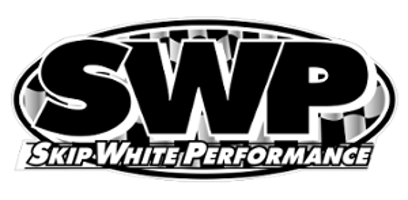

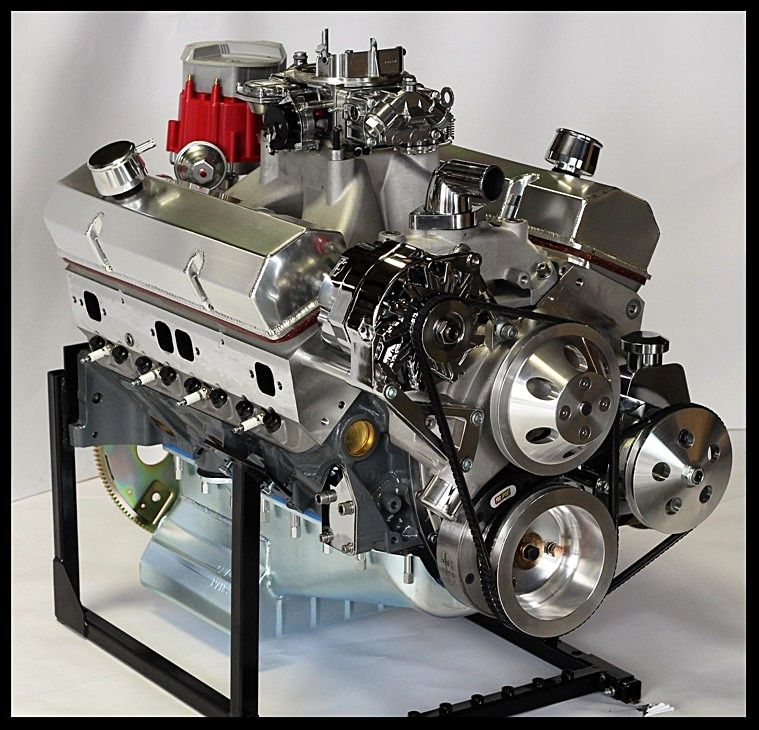
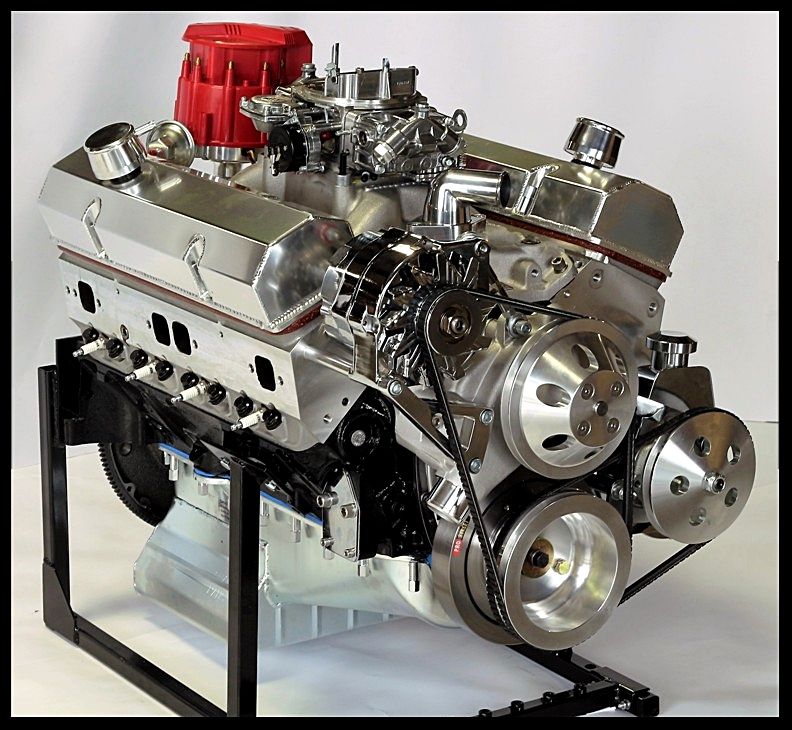

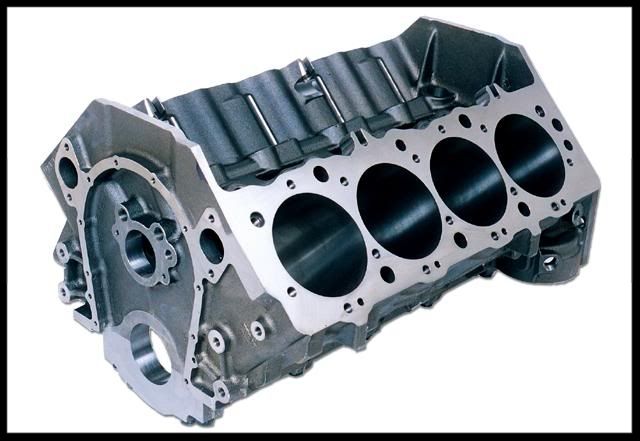
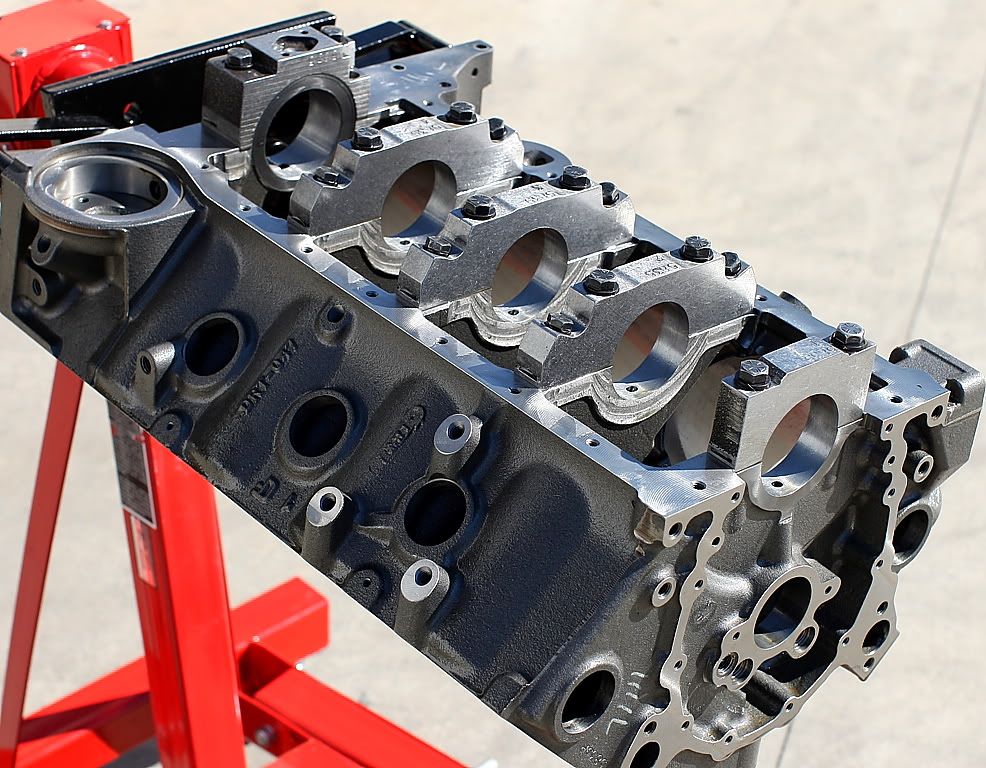
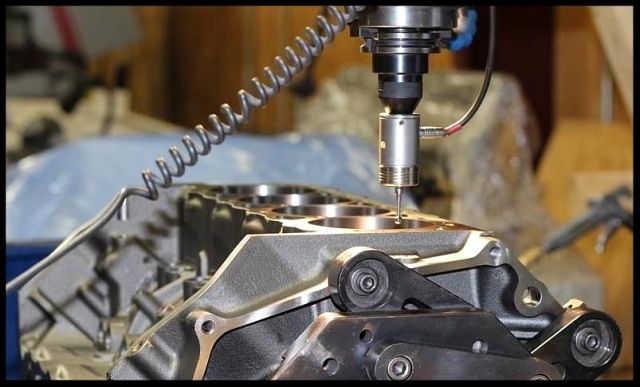

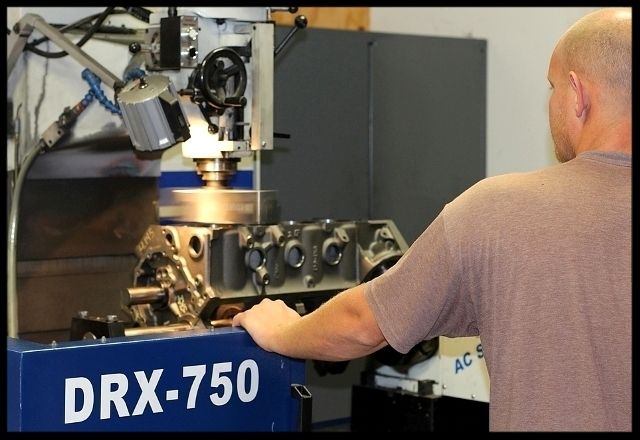
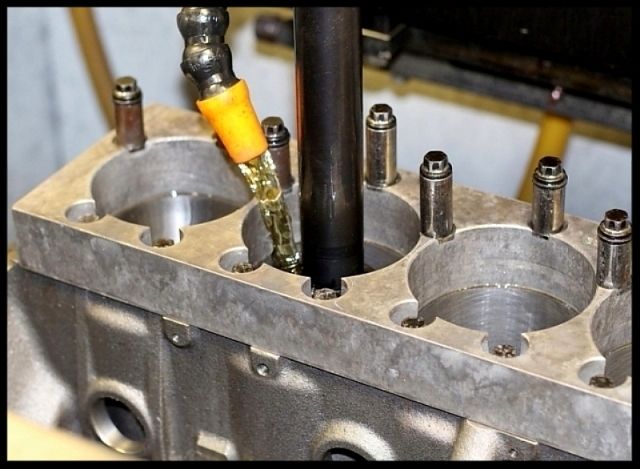
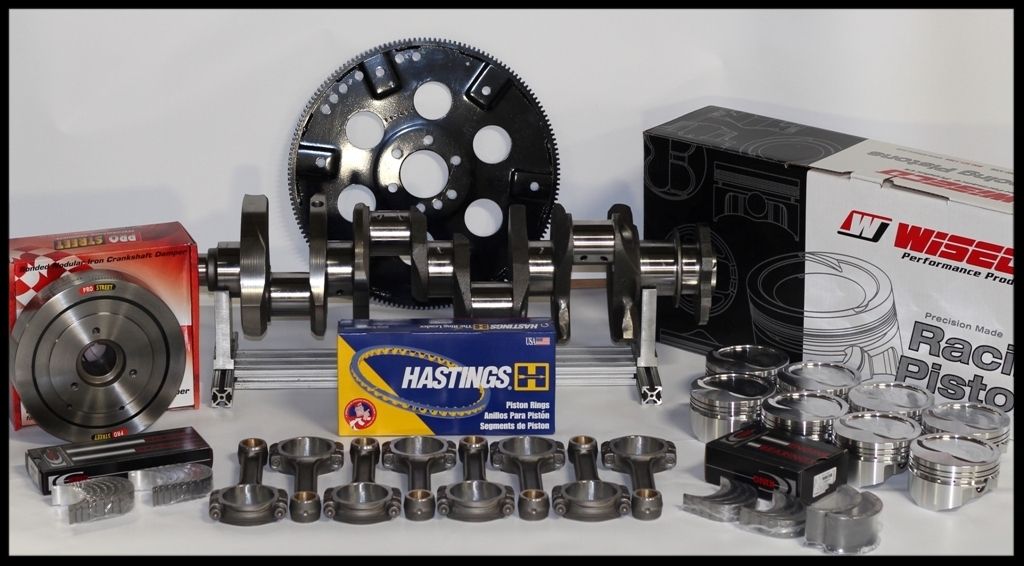
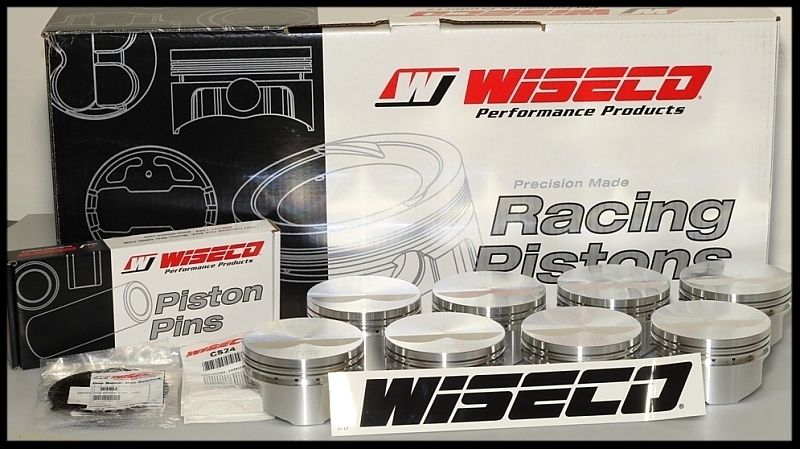
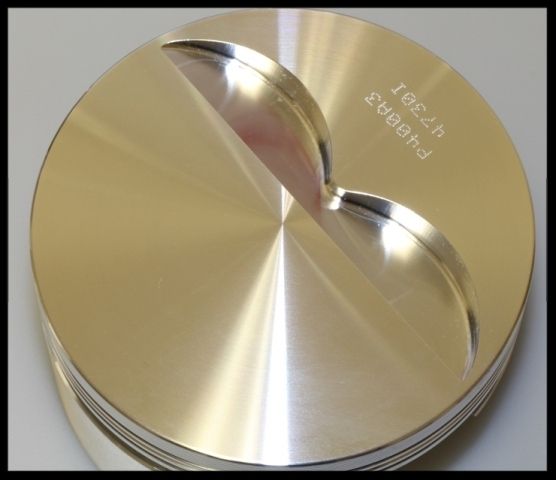
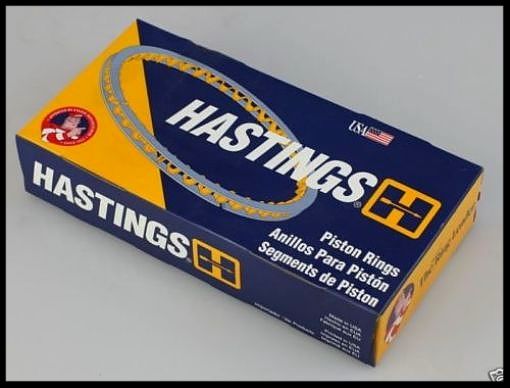


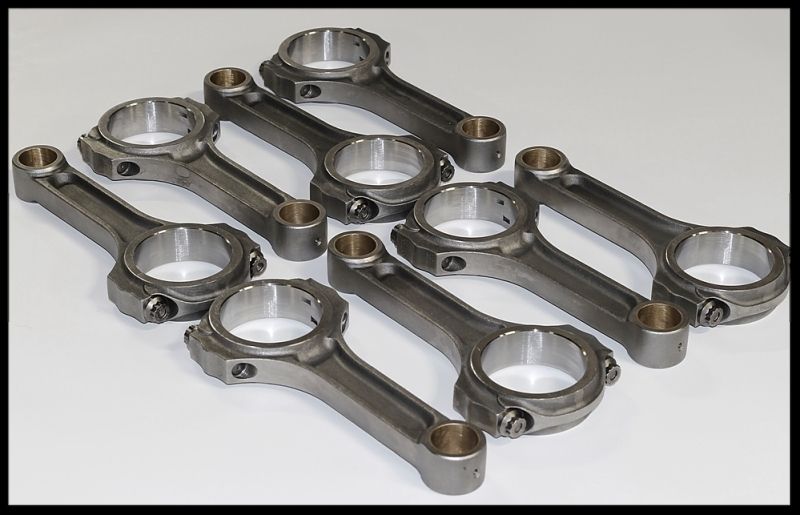

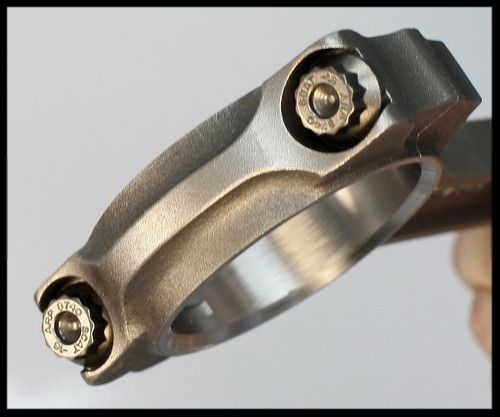
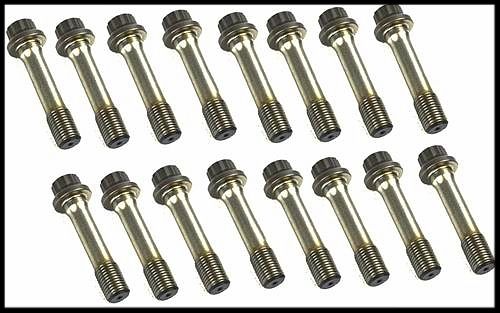
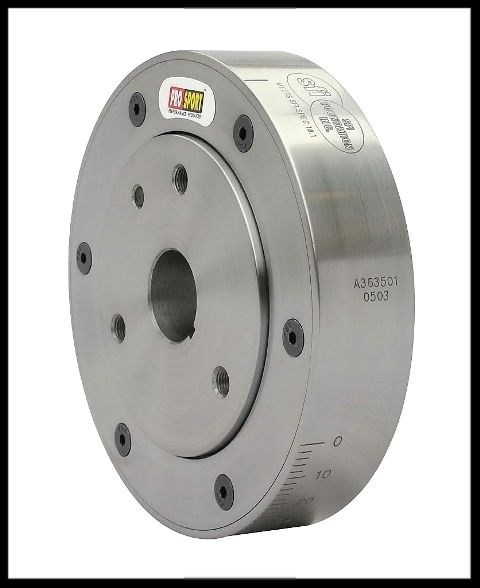

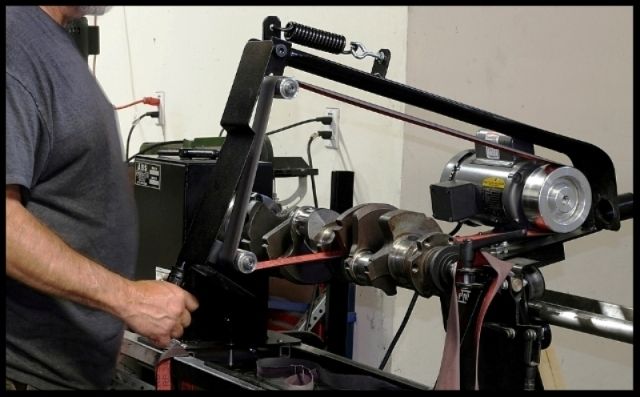
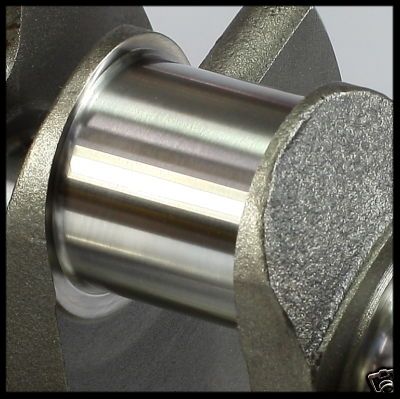
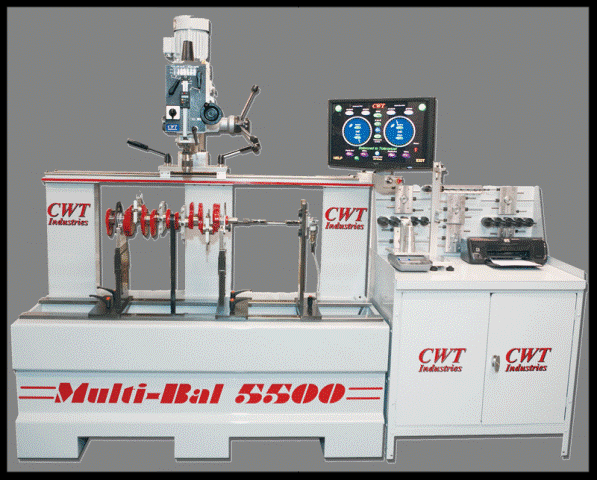
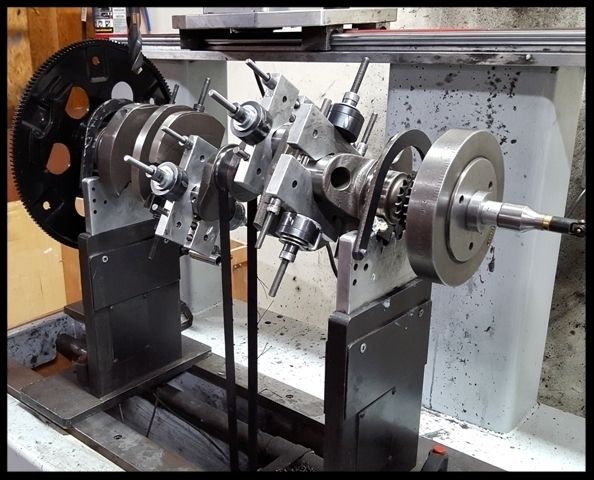

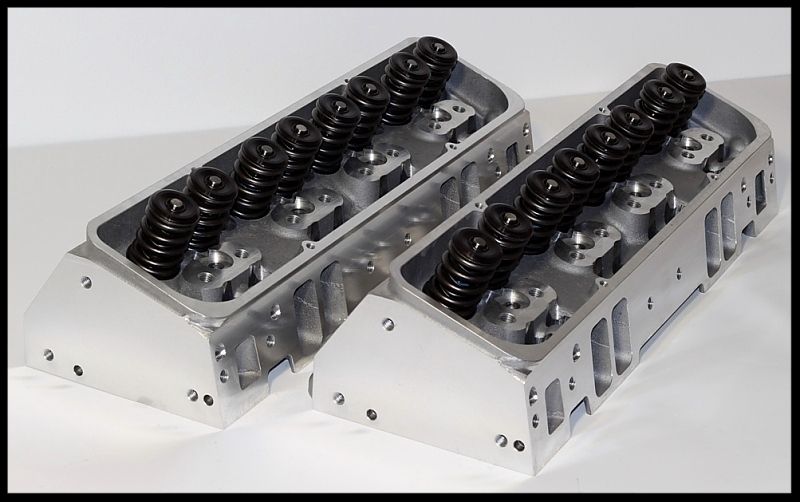
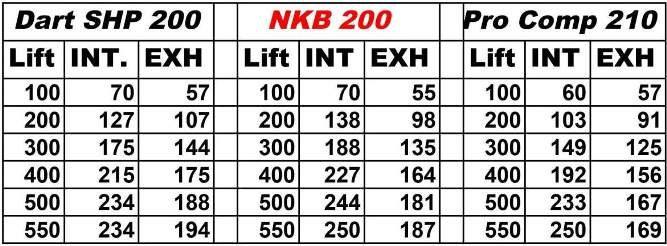
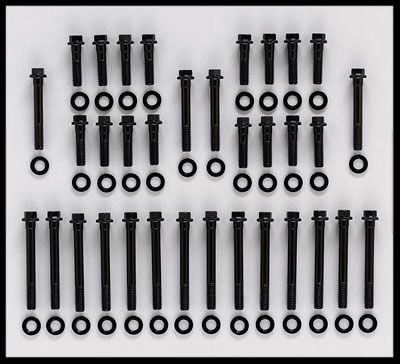


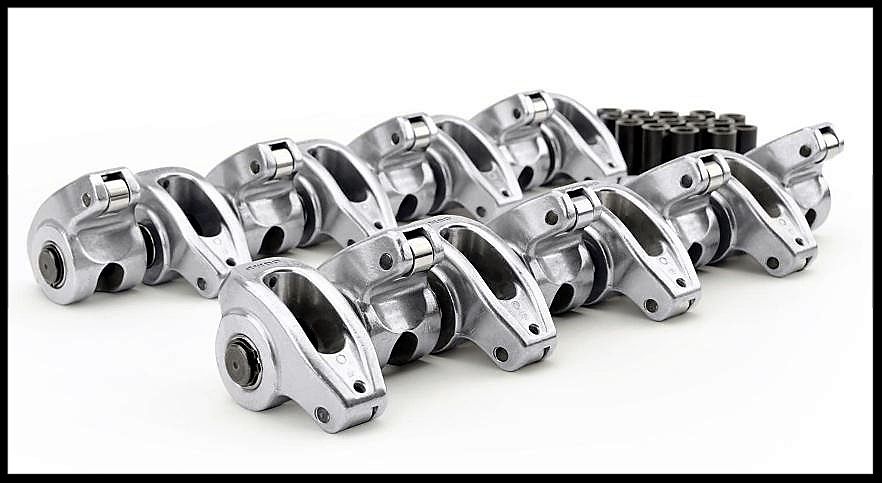

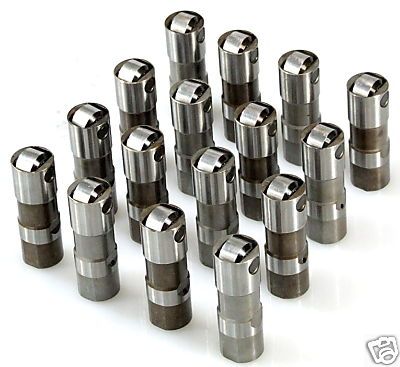
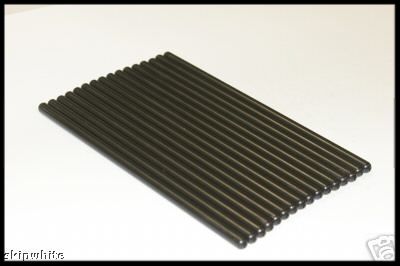
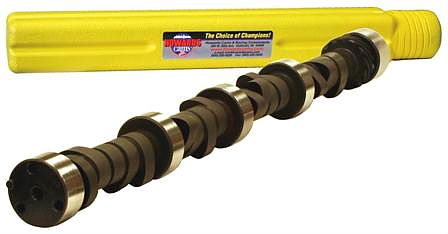
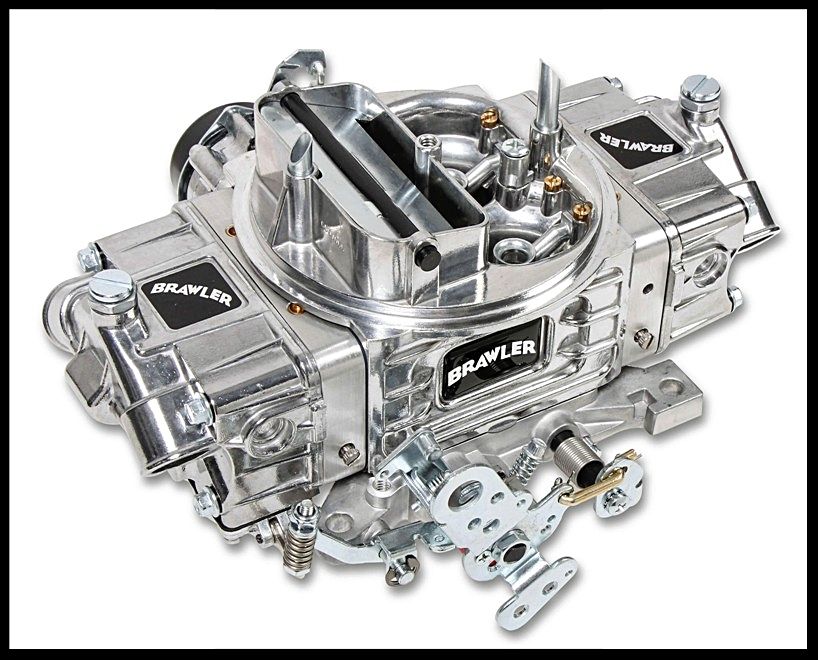
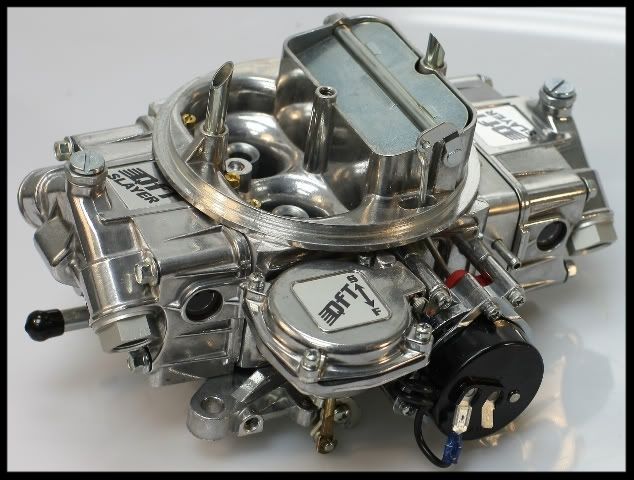
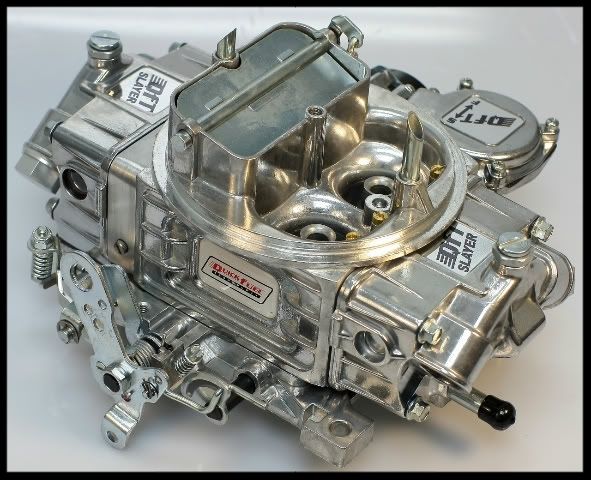
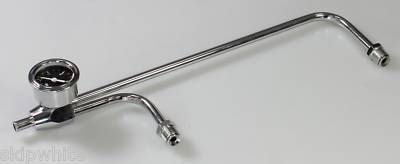
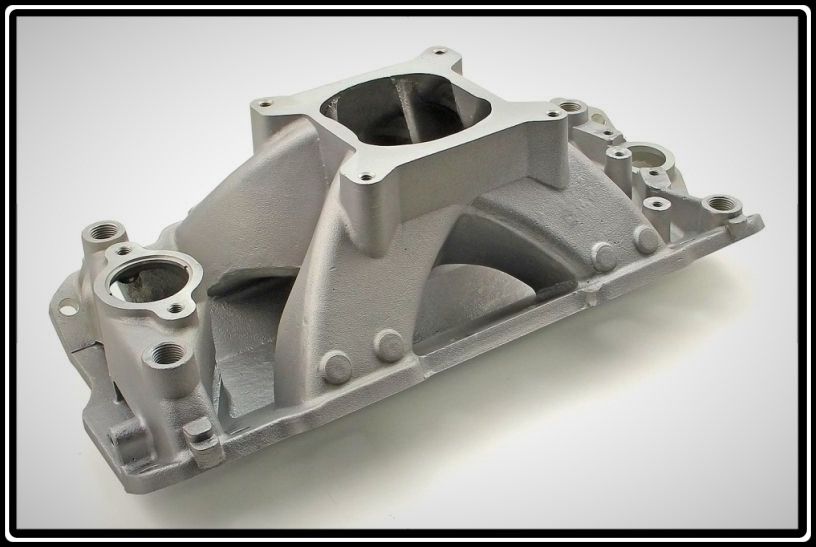
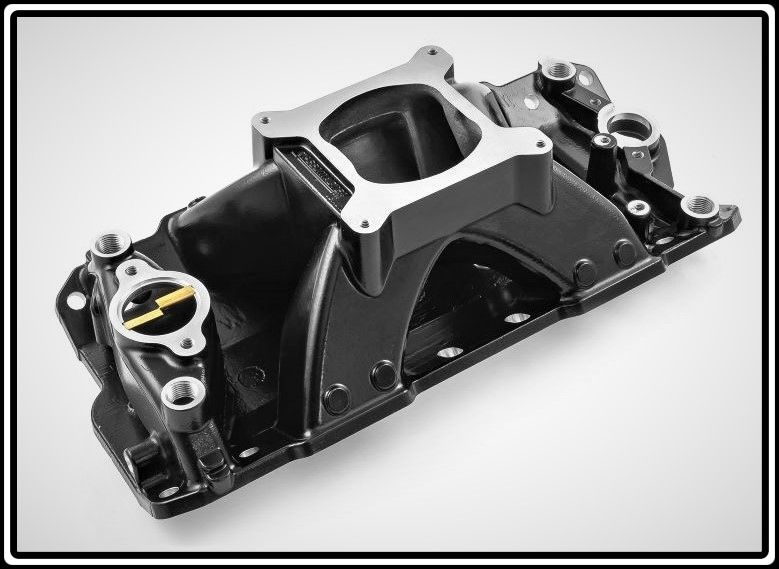

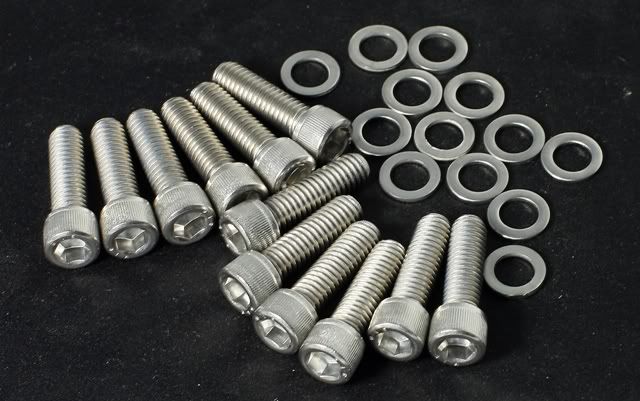

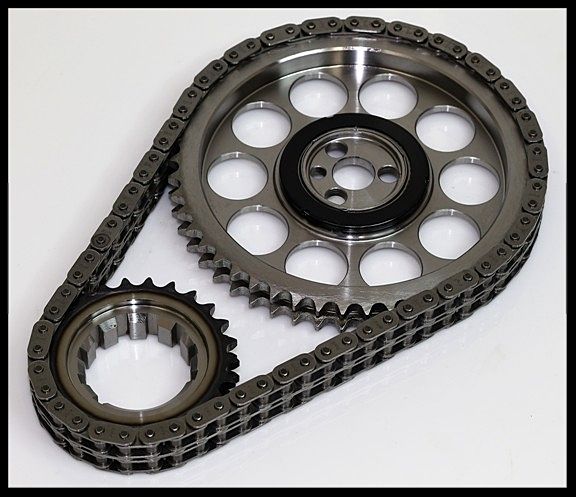
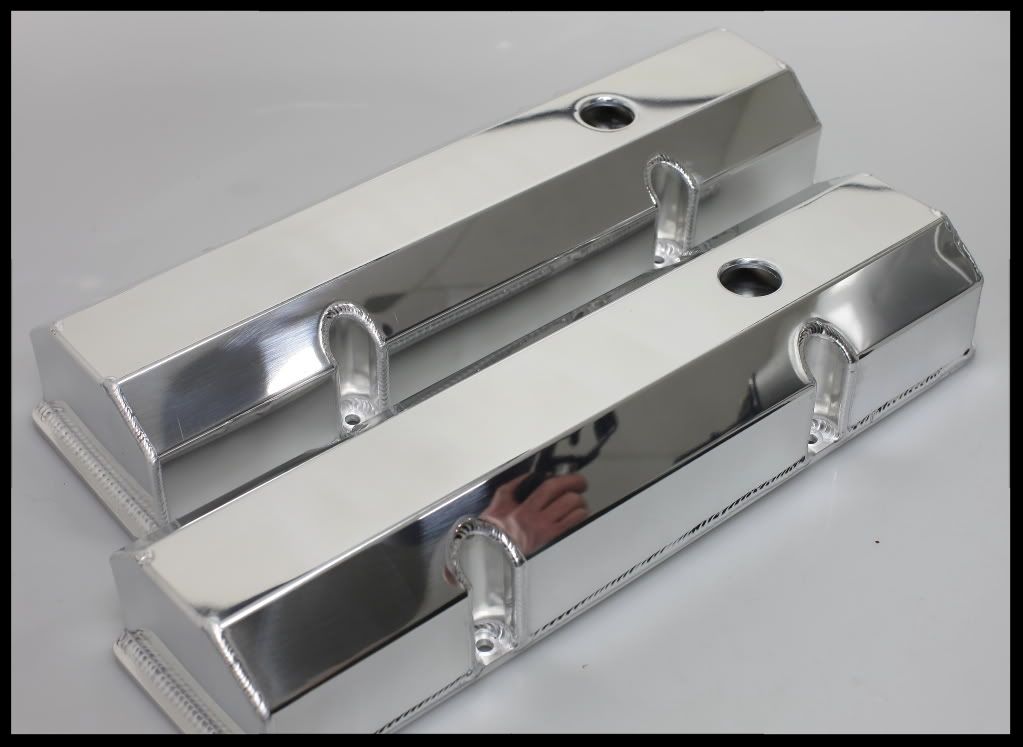
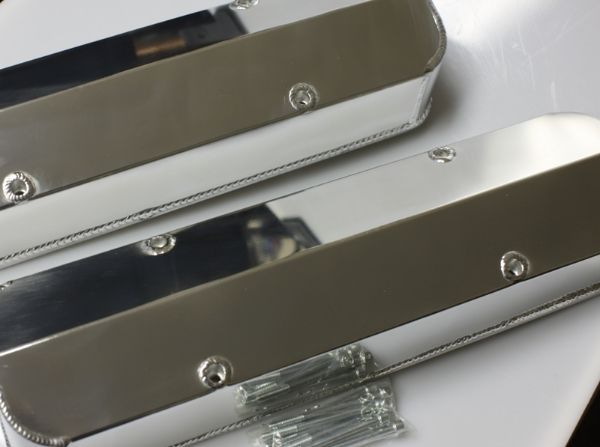
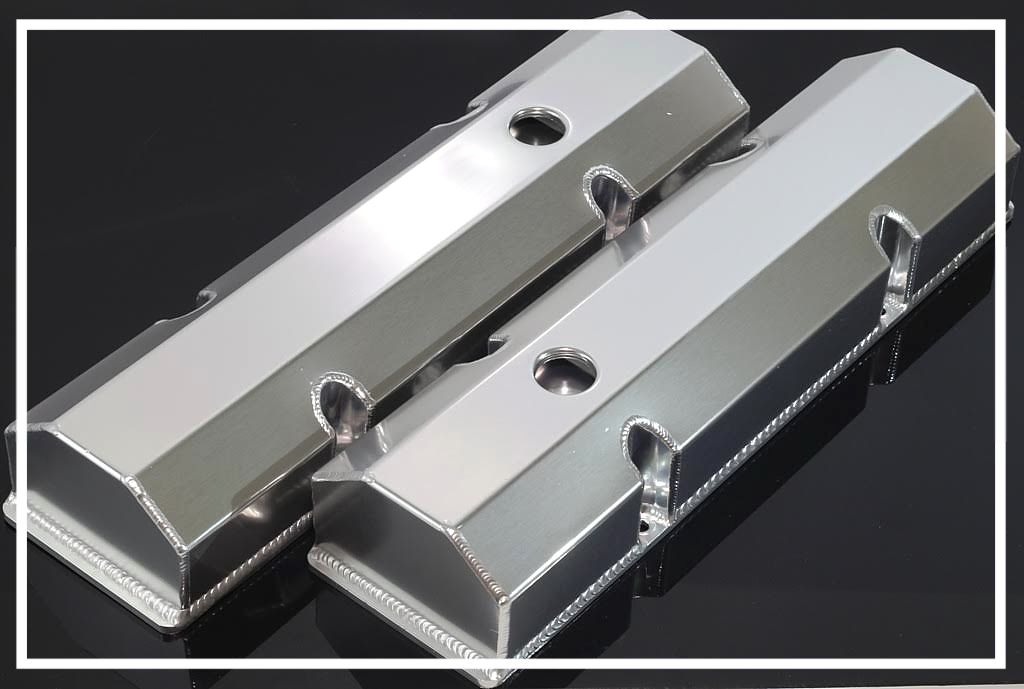
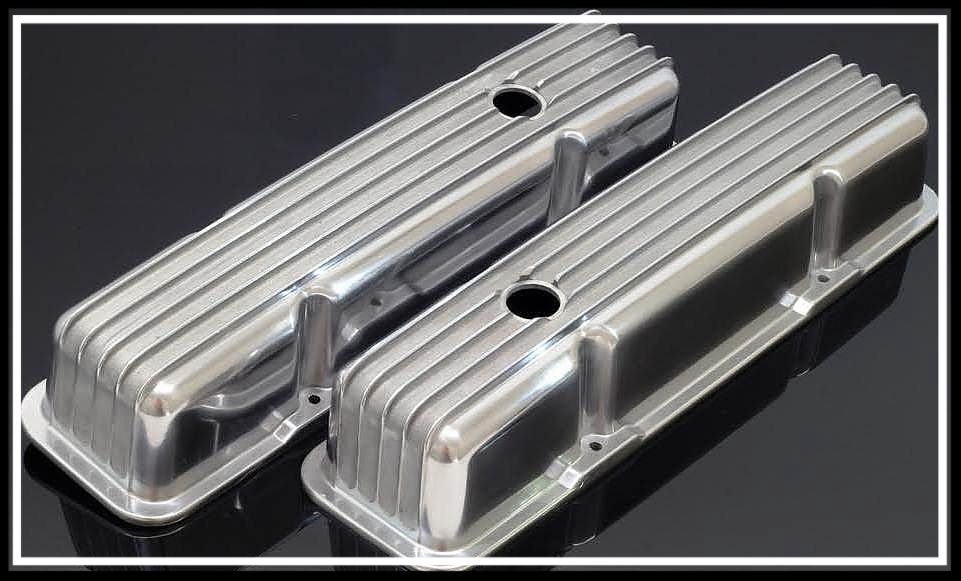
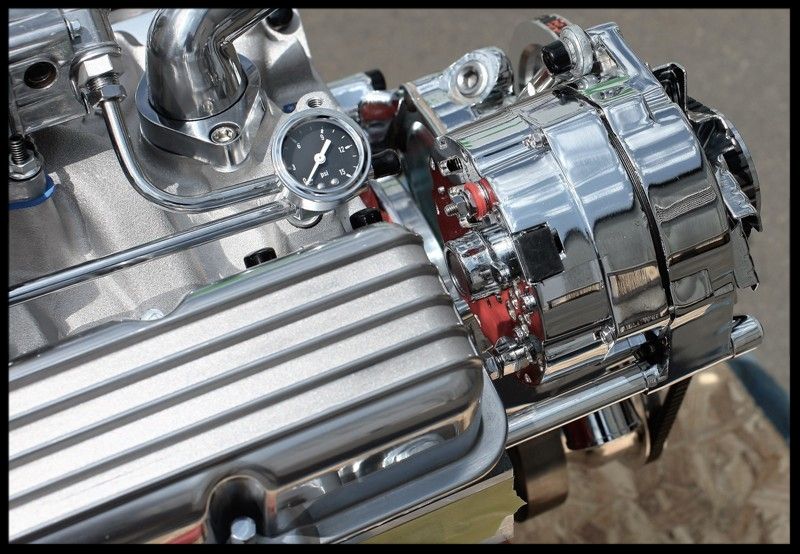
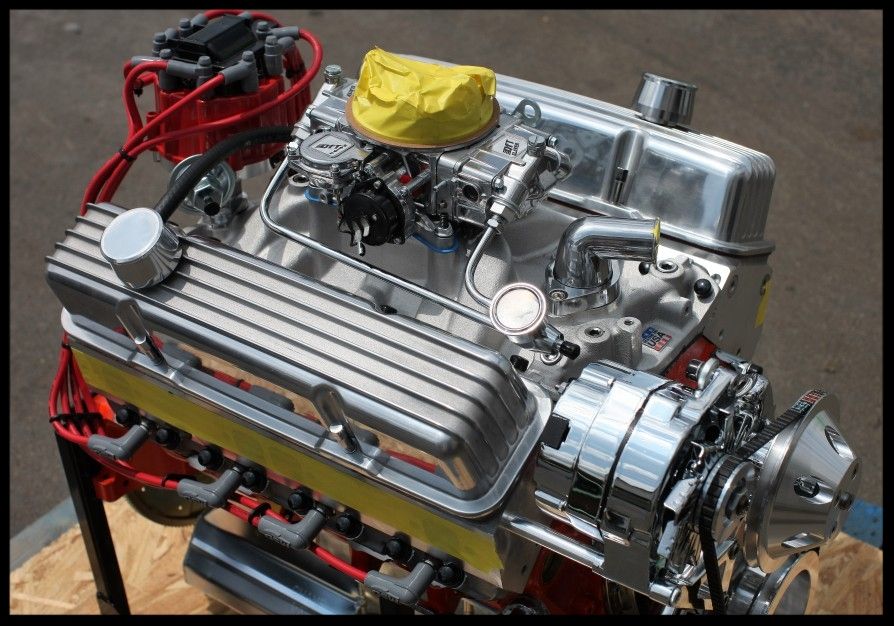
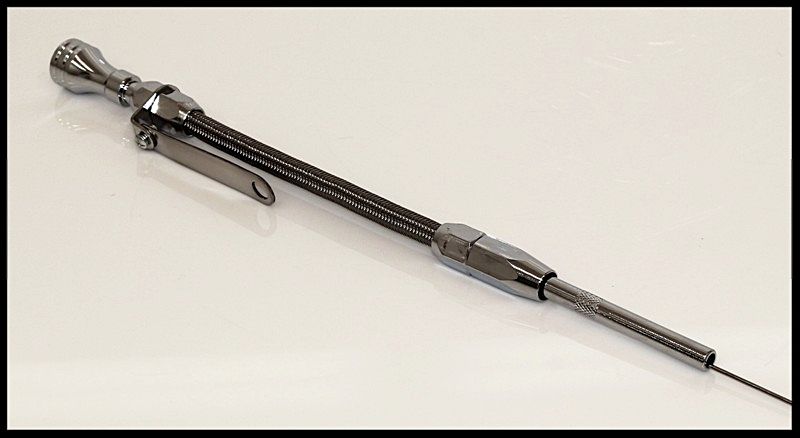

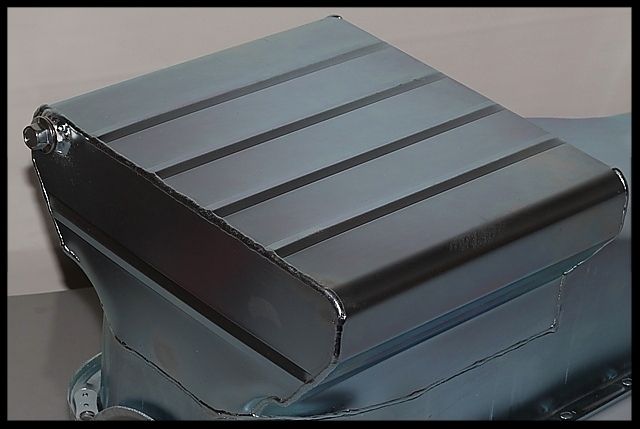
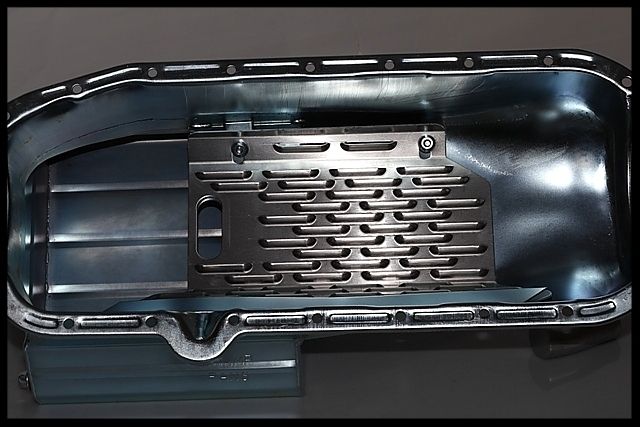
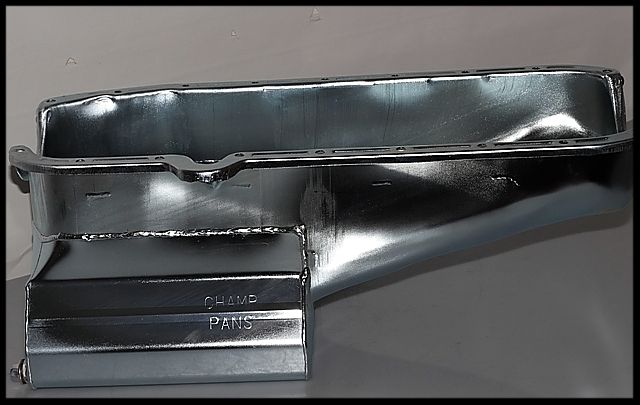
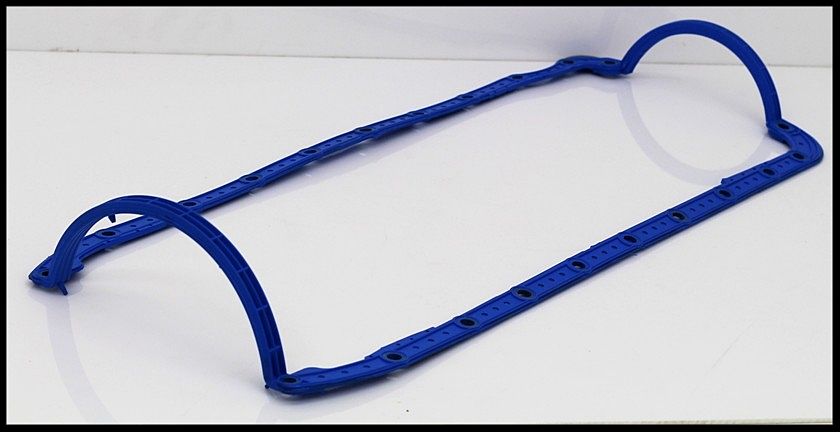



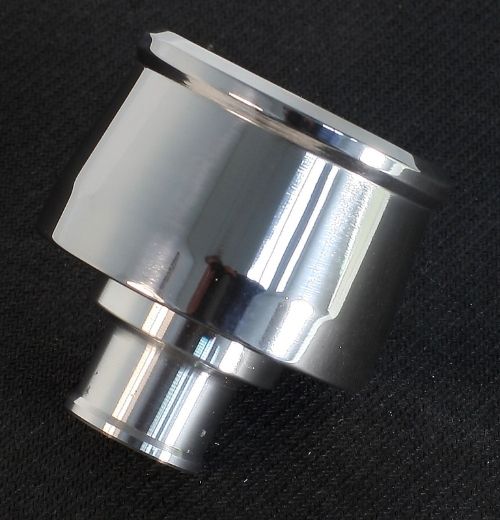
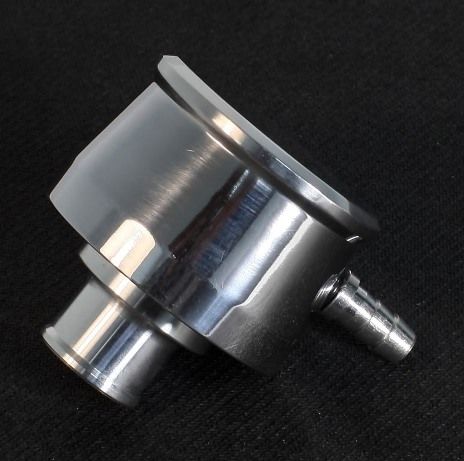
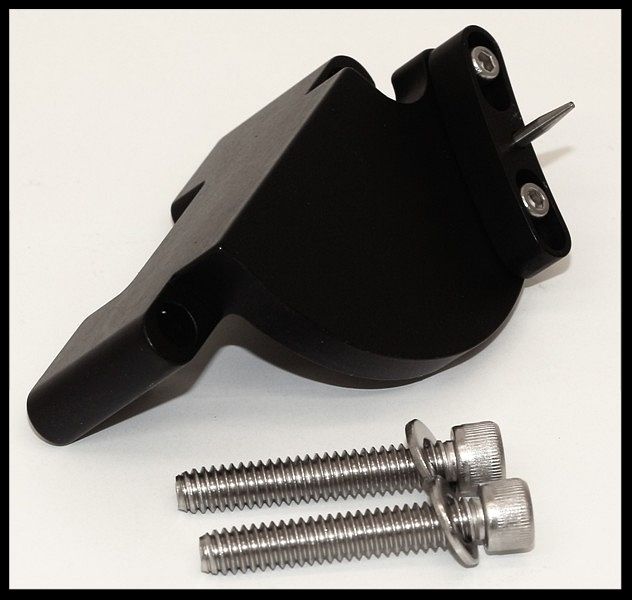
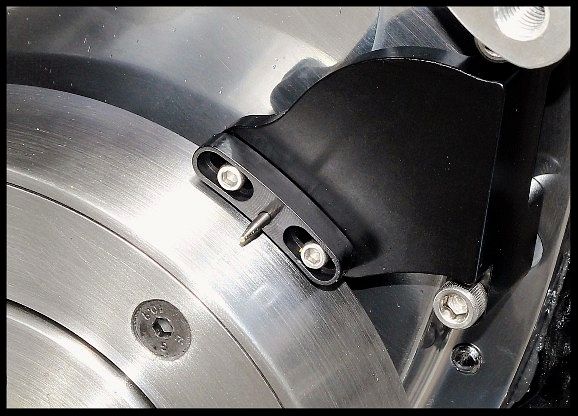
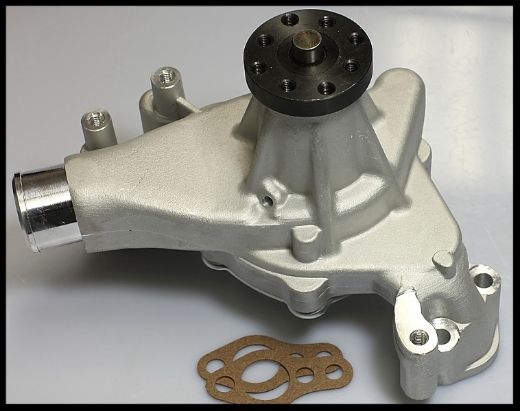
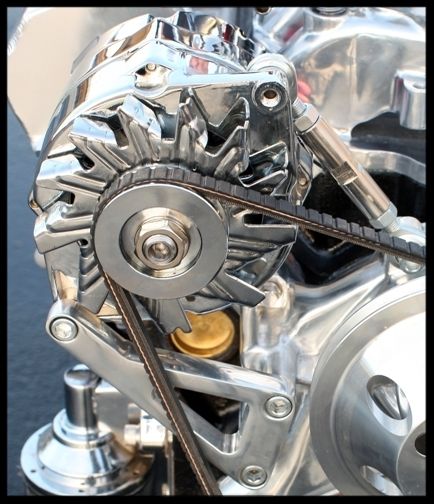
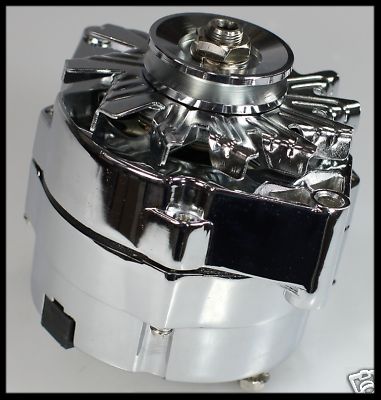
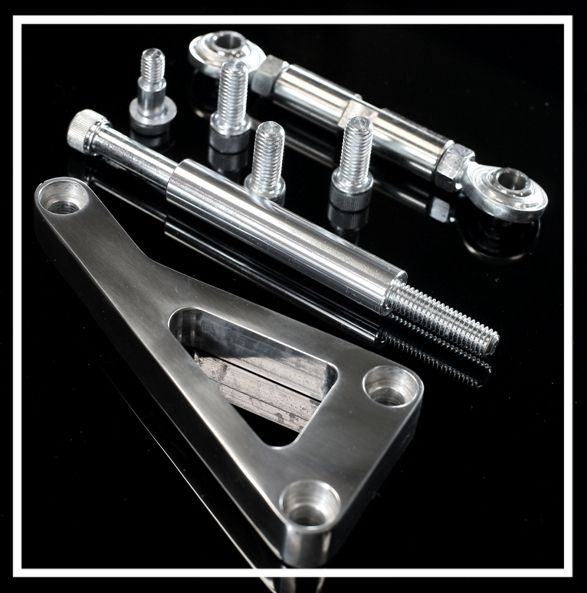
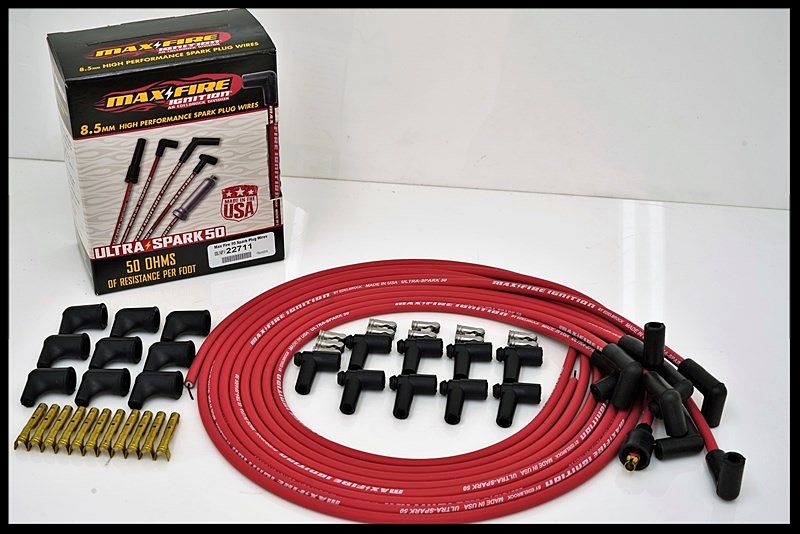


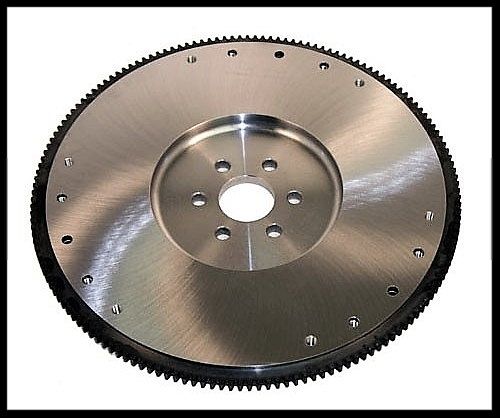

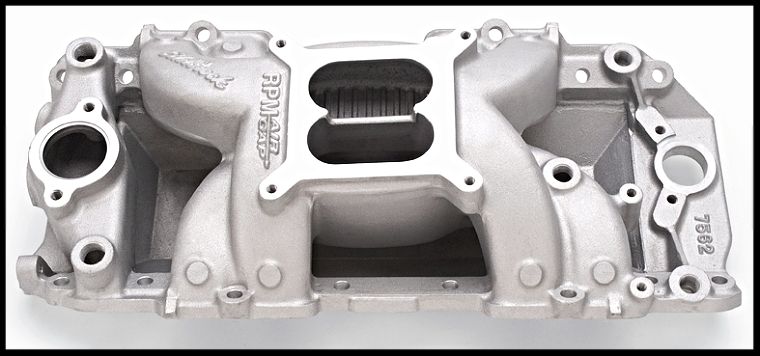
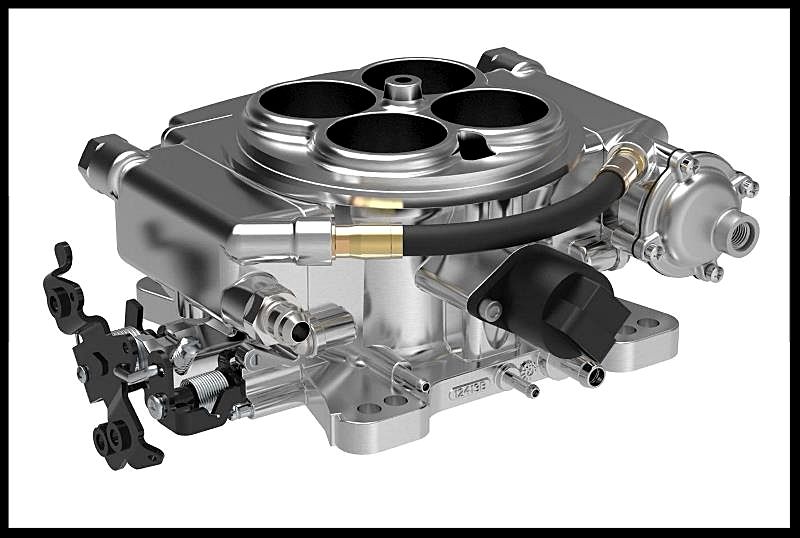

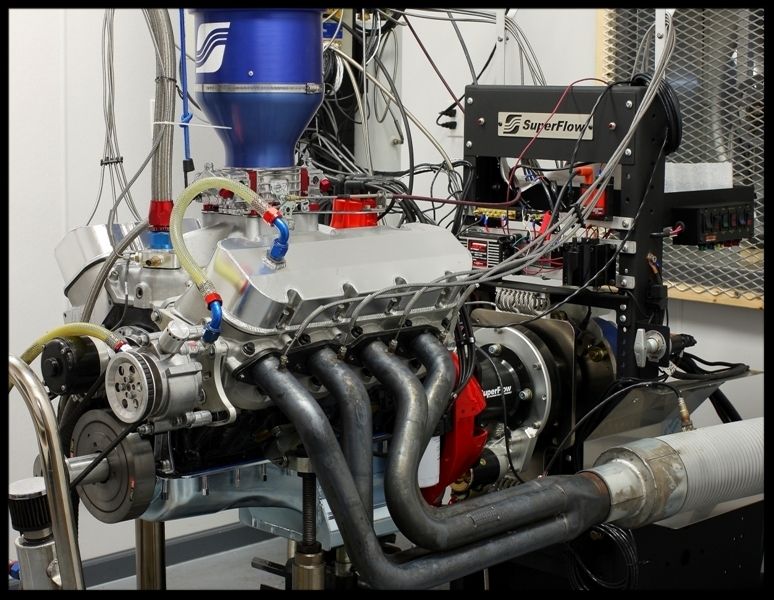
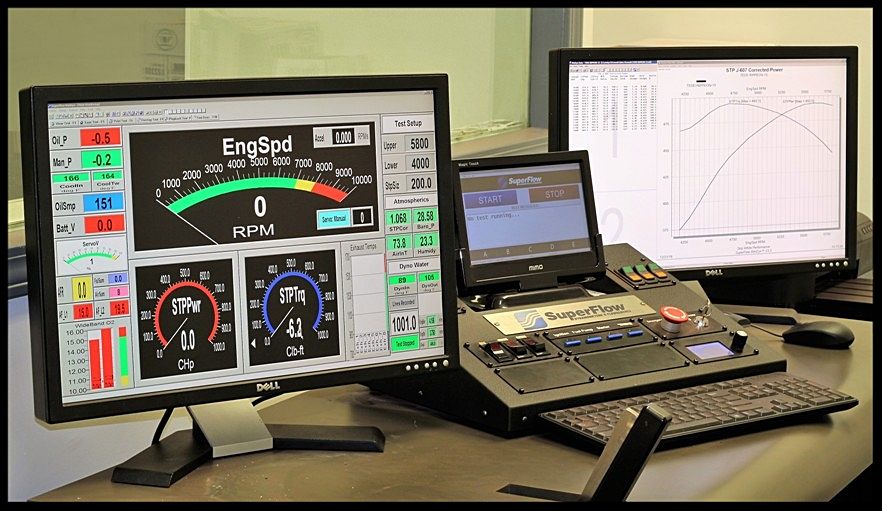
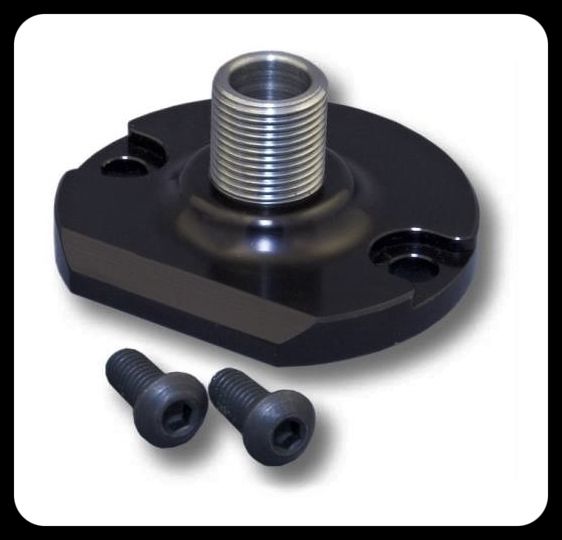
.jpg?width=1920&height=1080&fit=bounds)
.jpg?width=1920&height=1080&fit=bounds)
.jpg?width=1920&height=1080&fit=bounds)
.jpg?width=1920&height=1080&fit=bounds)
.jpg?width=1920&height=1080&fit=bounds)
